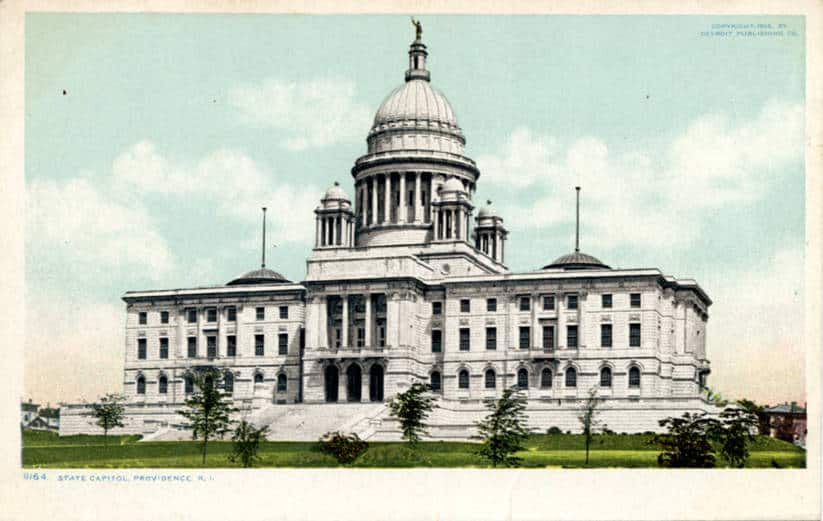Nowadays, it’s hard for us to imagine that there weren’t always 50 states in the United States of America. While you may remember learning about the 13 original colonies in history class, you may not know how the remaining 37 states became a part of the country.
After the U.S. Constitution was signed, the colonies were able to become states and the U.S. Congress was given the power to admit other states under certain conditions. While the 13 original colonies all became states by 1790, five states were admitted by Congress in the 20th century. Two of those five states didn’t join the Union until 1959.
The territories that officially became states in the 20th century include Oklahoma, New Mexico, Arizona, Alaska, and Hawaii. The first official US state was Delaware and the last state to join the Union was Hawaii.
Every state has a unique history, including how it became one of the 50 states in America. While some were territories before they officially became states, others were independent states before joining the union. Some of the states were even part of other states but were later separated.
Many of the current states, especially the 13 original colonies, started to become states after ratifying the U.S. Constitution. The process of ratifying the U.S. Constitution meant that they agreed with and gave formal consent to become a part of the country. Regardless of how long it took for them to become a part of the U.S., all 50 states now make up the United States of America. (Test your knowledge with these American History Trivia Questions.)
To create this list of when every U.S. state joined the union, 24/7 Tempo consulted various publications and scholarly sources, including National Geographic and the United States Census.
Here is a list of when and how every state joined the United States of America.
Delaware
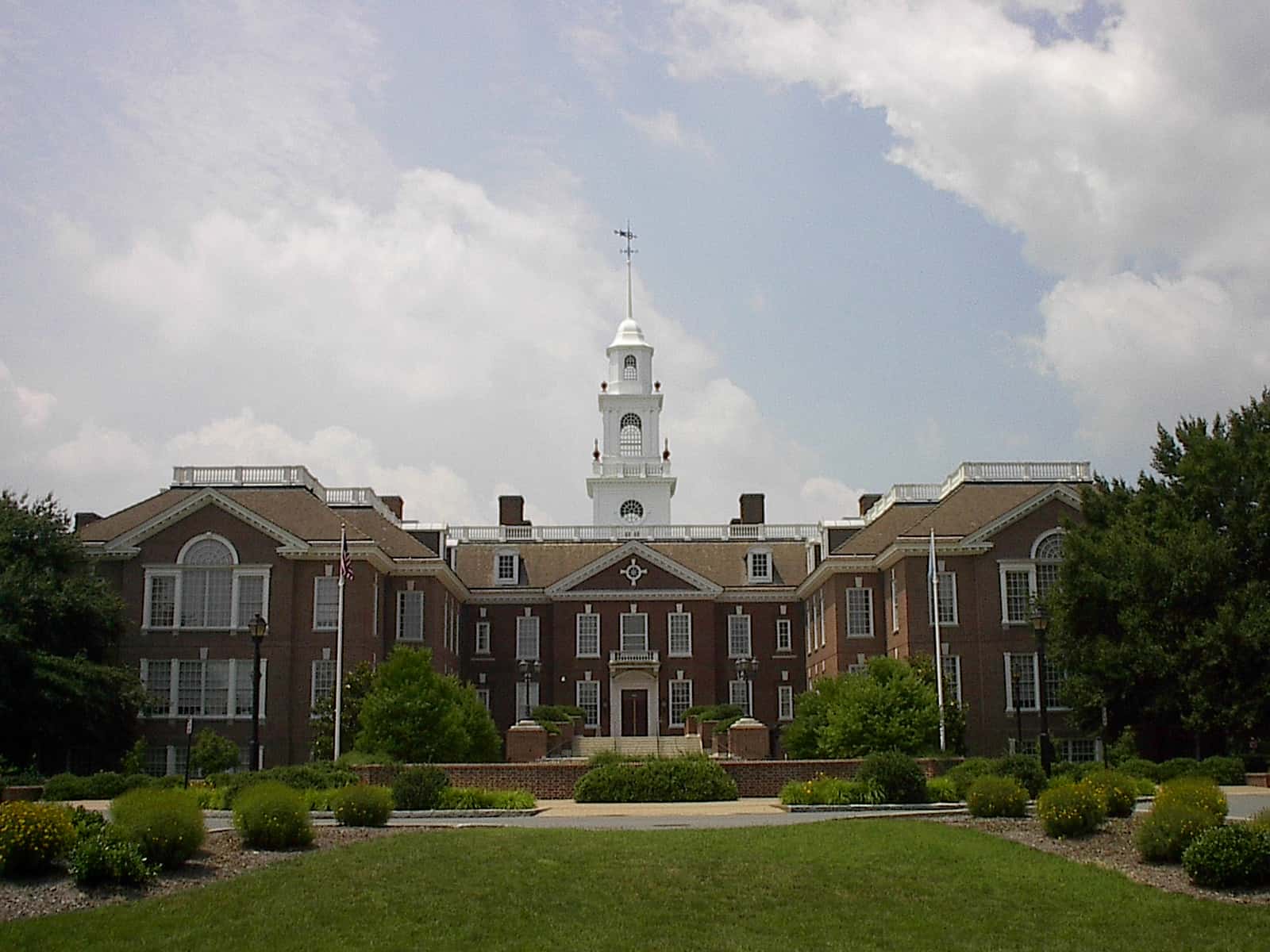
- December 7, 1787
Delaware was the first of the original colonies to ratify the constitution and become an official state. This colony declared independence from England in 1776, and after the U.S. Constitution was signed in 1787, Delaware became a state in 1787.
Pennsylvania
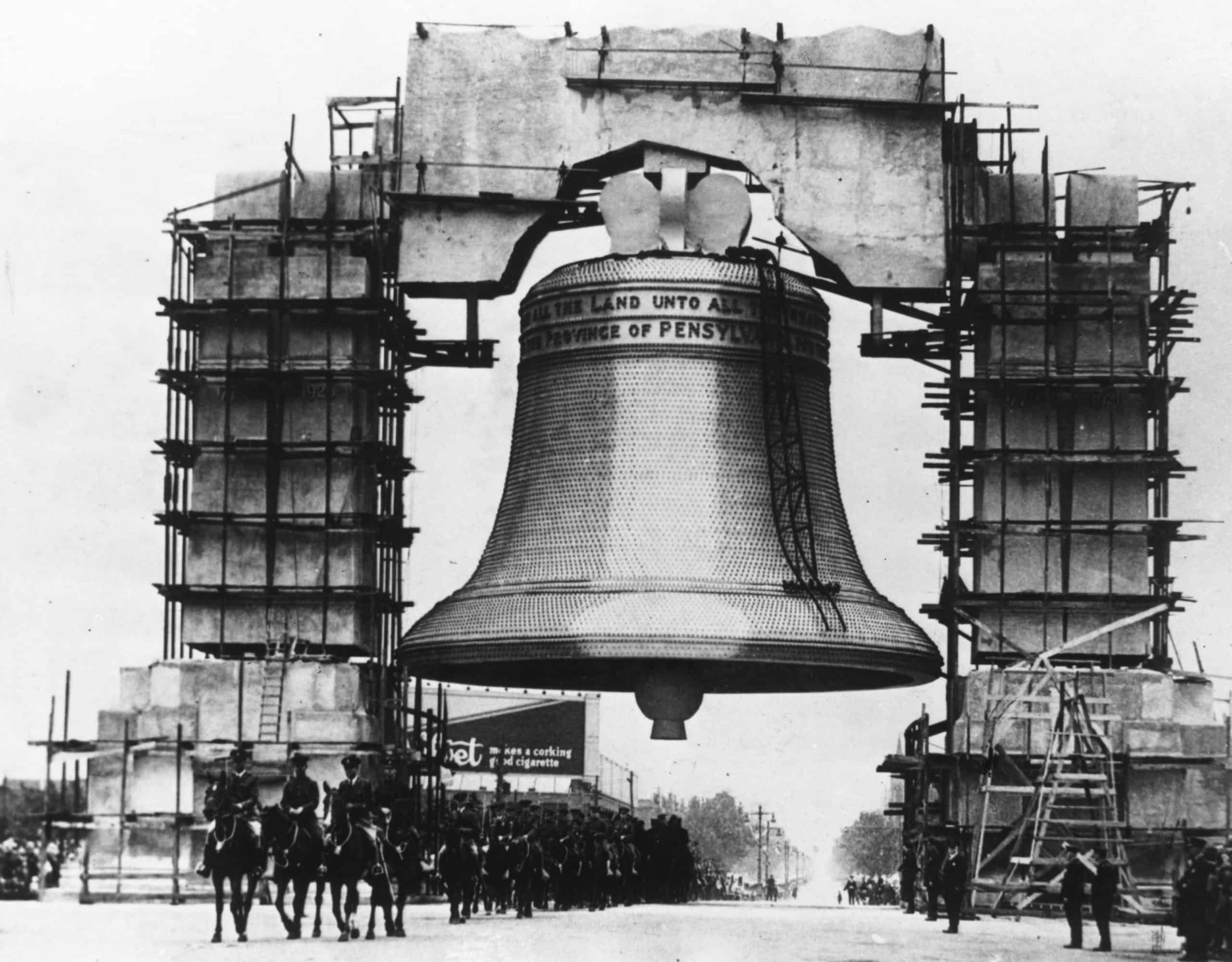
1926: A cavalry regiment leading the inaugural parade beneath a huge reproduction of the Liberty Bell, built for the opening of the Great Exposition in Philadelphia, Pennsylvania. (Photo by General Photographic Agency/Getty Images)
- December 12, 1787
Pennsylvania was a colony before becoming a state in 1787. While the area that made up Pennsylvania was part of the original United States, it didn’t become a state until it agreed to the Constitution in 1787.
New Jersey

- December 18, 1787
Another colony that became a state in 1787, New Jersey reunited with West Jersey in the early 1700s. The colony ratified the constitution in December of 1787, officially becoming the third state.
Georgia

- January 2, 1788
The territory that previously made up Georgia included parts of present-day Alabama and Mississippi. After Georgia became a colony in 1732, it agreed to the U.S. Constitution in 1788, officially becoming a state.
Connecticut

- January 9, 1788
Connecticut became a colony in 1662. Part of the territory that made up the colony was given over to the United States government in 1787. The colony then ratified the constitution in 1788, becoming the fifth US state.
Massachusetts
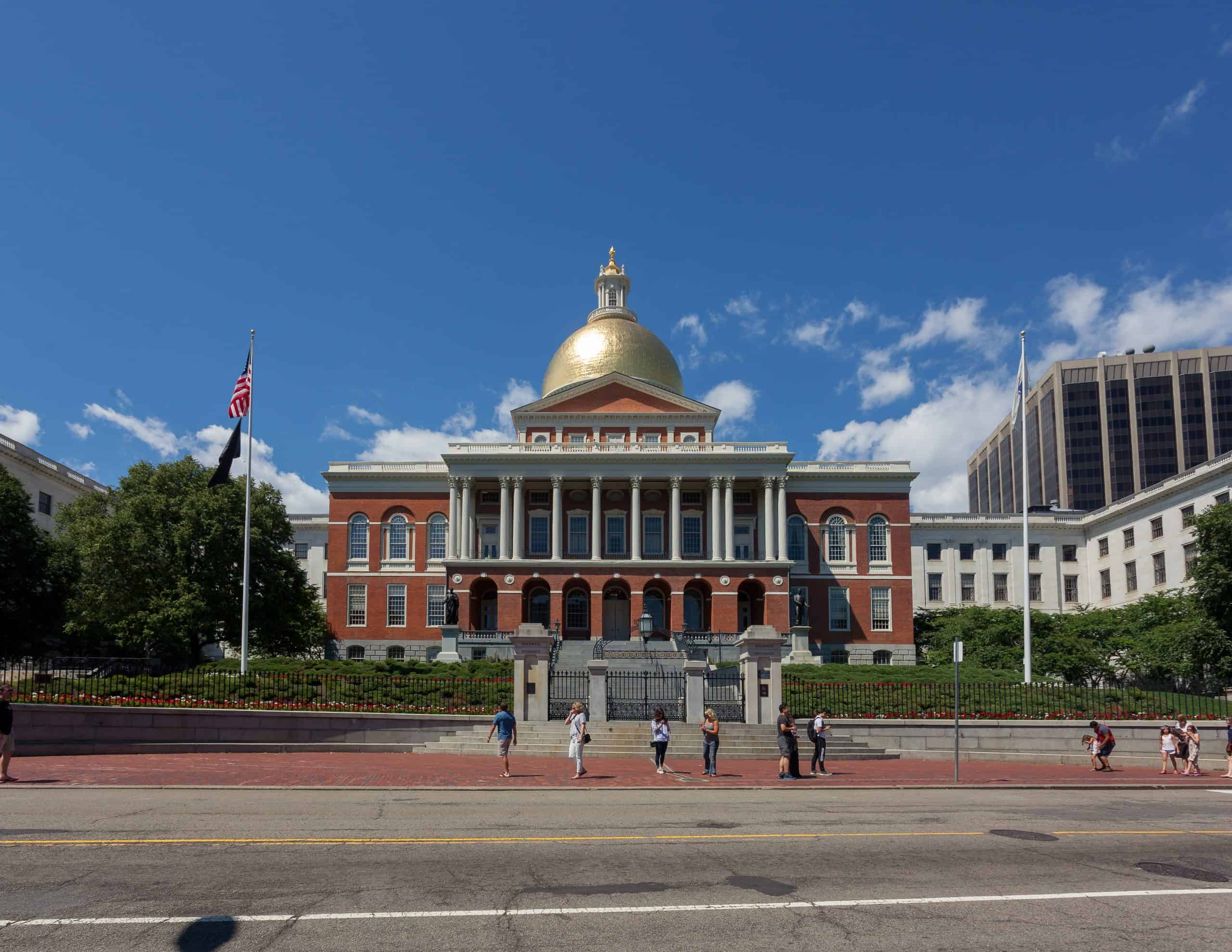
- February 6, 1788
Like Connecticut, part of Massachusetts was given over to the United States government in 1785 and it became part of the Northwest Territory. Massachusetts became a state when it agreed to the U.S. Constitution in 1788. At the time, the state included what is now the state of Maine.
Maryland
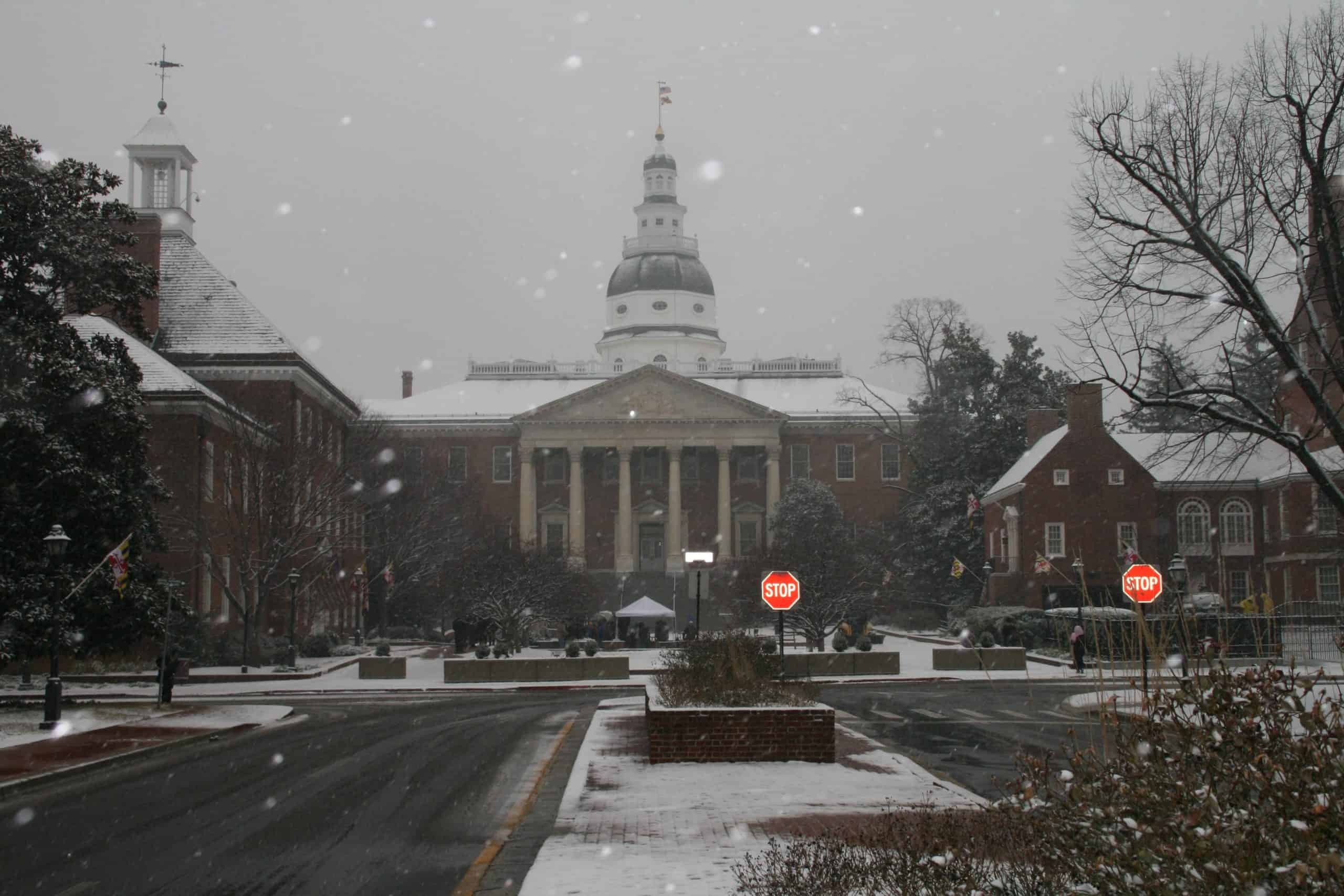
- April 28, 1788
After ratifying the U.S. Constitution in 1788, Maryland became the seventh state in America. There were conflicts with other states when the charter of Maryland was first established, but the boundaries of the state were changed when it became part of the U.S.
South Carolina
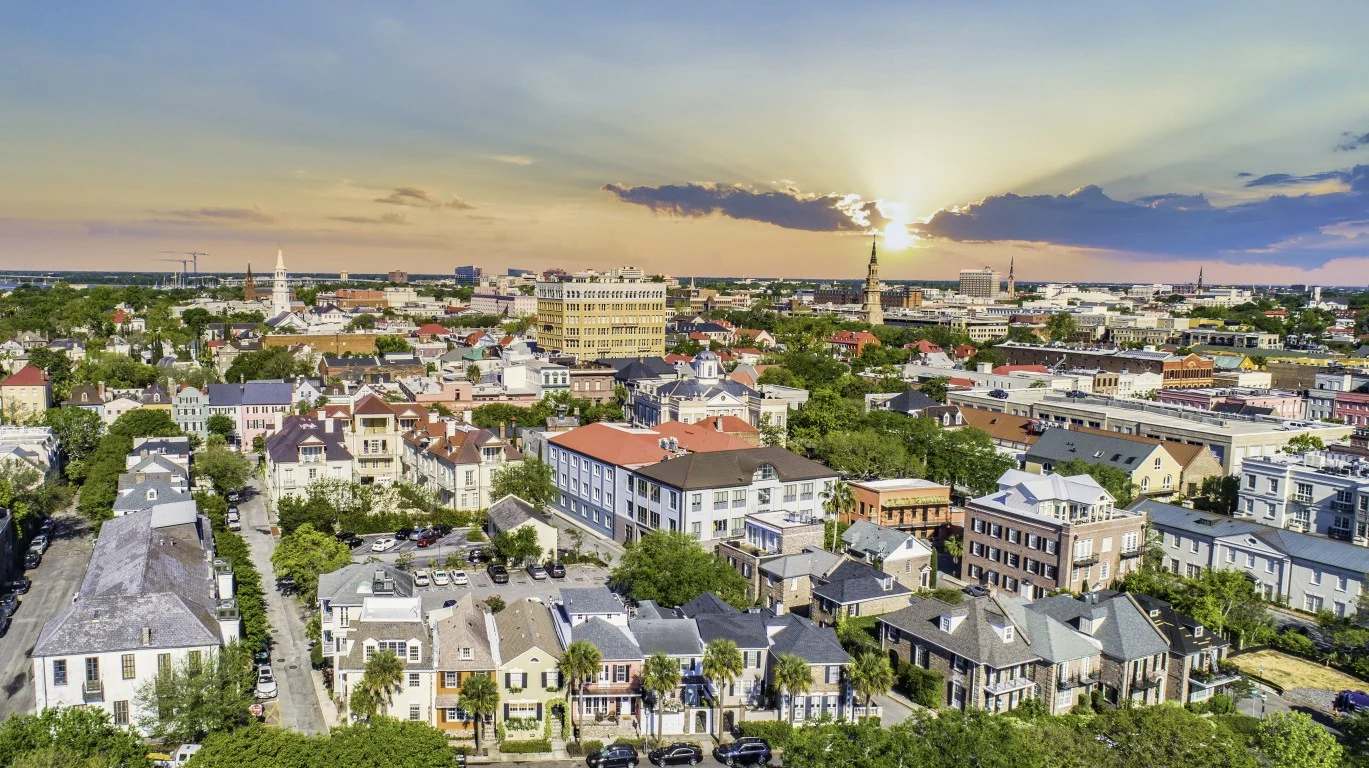
- May 23, 1788
The charter of the Carolinas originally included the territory of both North and South Carolina. The Carolina Colony existed until 1729, and South Carolina agreed to the U.S. Constitution in 1788, officially becoming a state. The final boundary of the Carolinas wasn’t established until 1813.
New Hampshire

Autumn road in the White Mountains of New Hampshire in autumn.
- June 21, 1788
New Hampshire was a part of the colony of New England and a part of Massachusetts before becoming a state in 1788. The territory ratified the U.S. Constitution in 1788 and in 1842, the boundary between New Hampshire and Canada was officially established.
Virginia
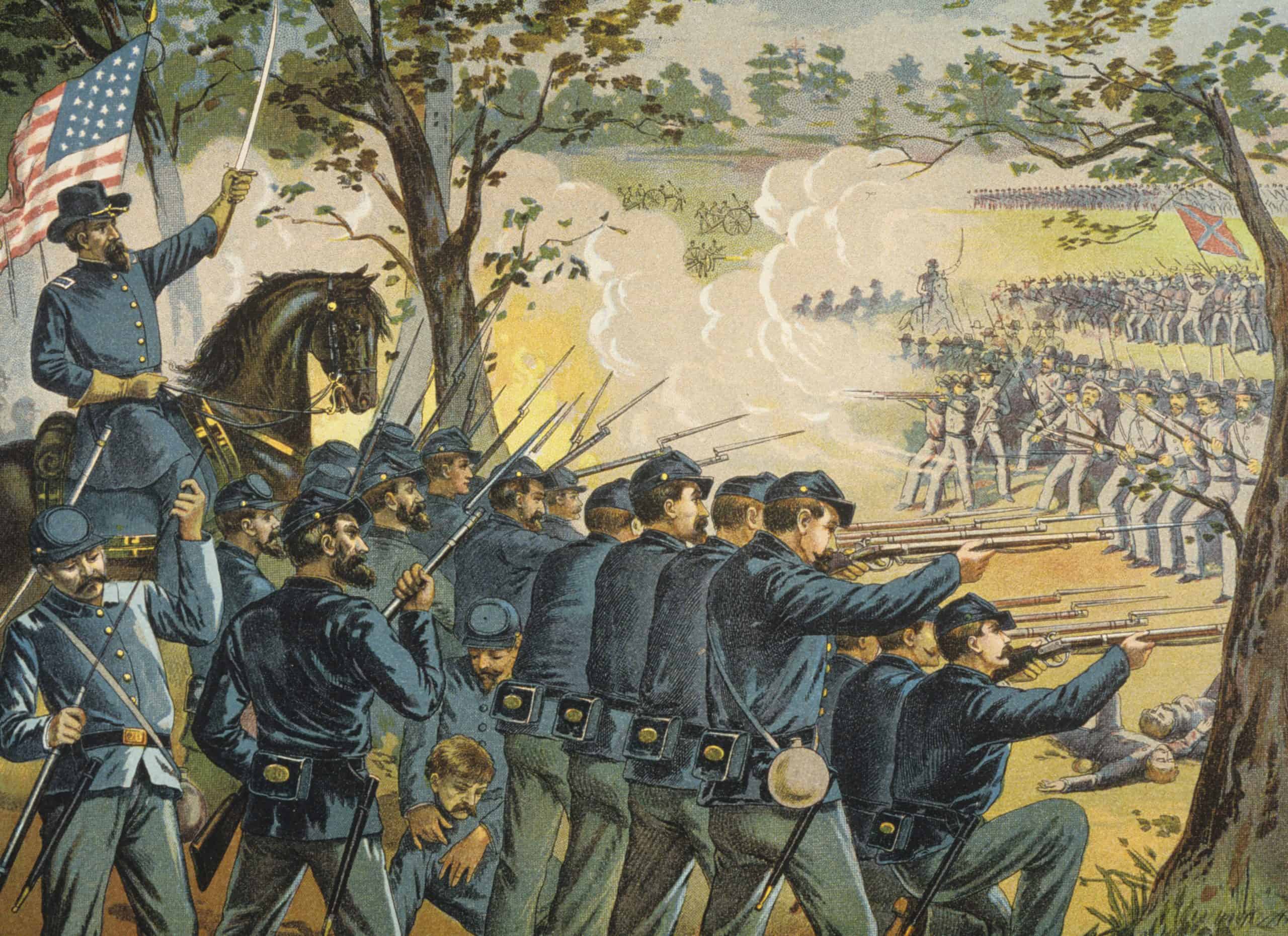
- June 25, 1788
Virginia was another one of the original 13 colonies of the United States and was the first chartered colony in the country. Virginia became a state in 1788 when it approved the U.S. Constitution, but at the time it included the territory that makes up Kentucky and West Virginia.
New York
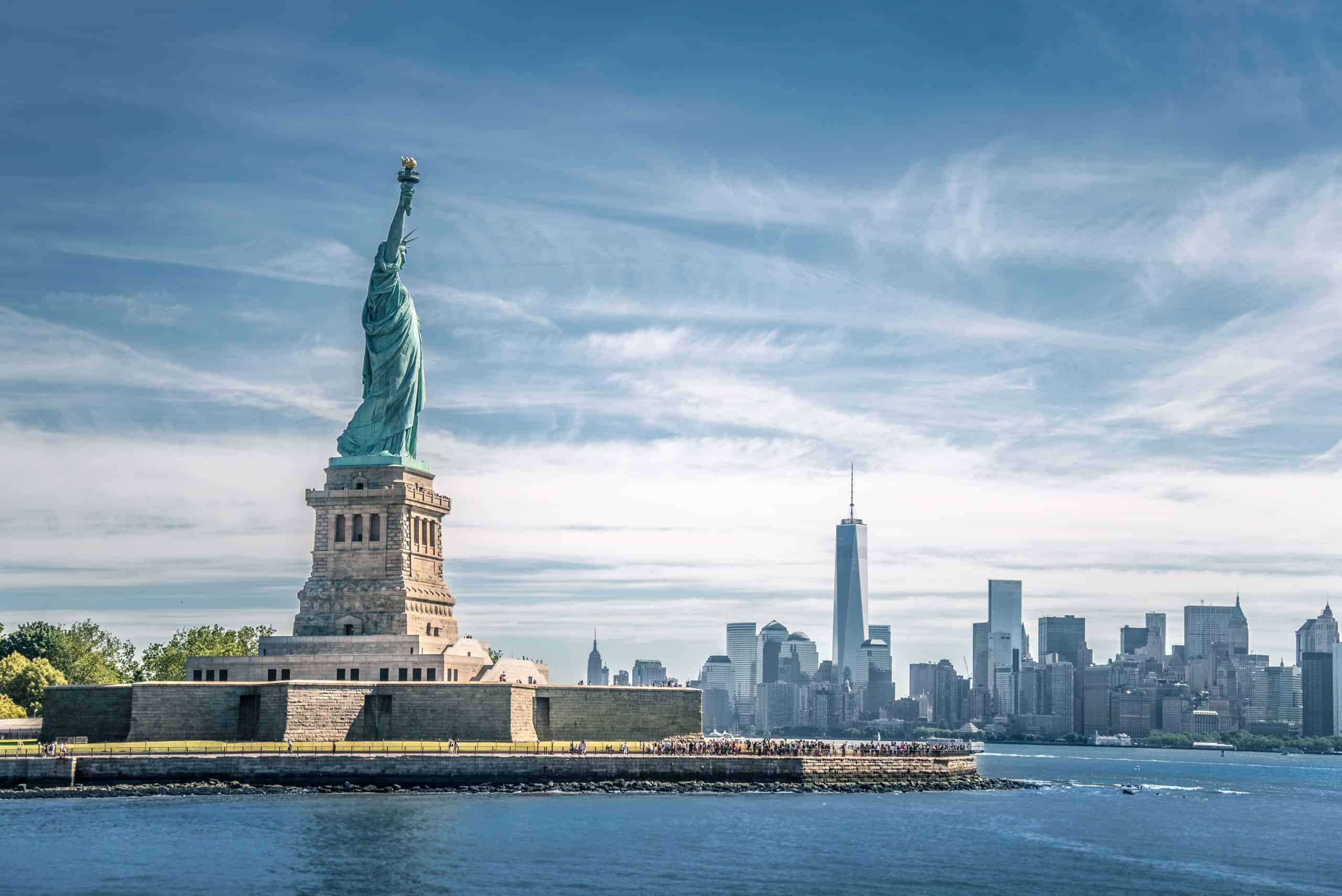
- July 26, 1788
New York was one of the last of the original colonies to ratify the U.S. Constitution. In 1788, New York became the eleventh colony to ratify the U.S. Constitution, officially becoming part of the United States.
North Carolina
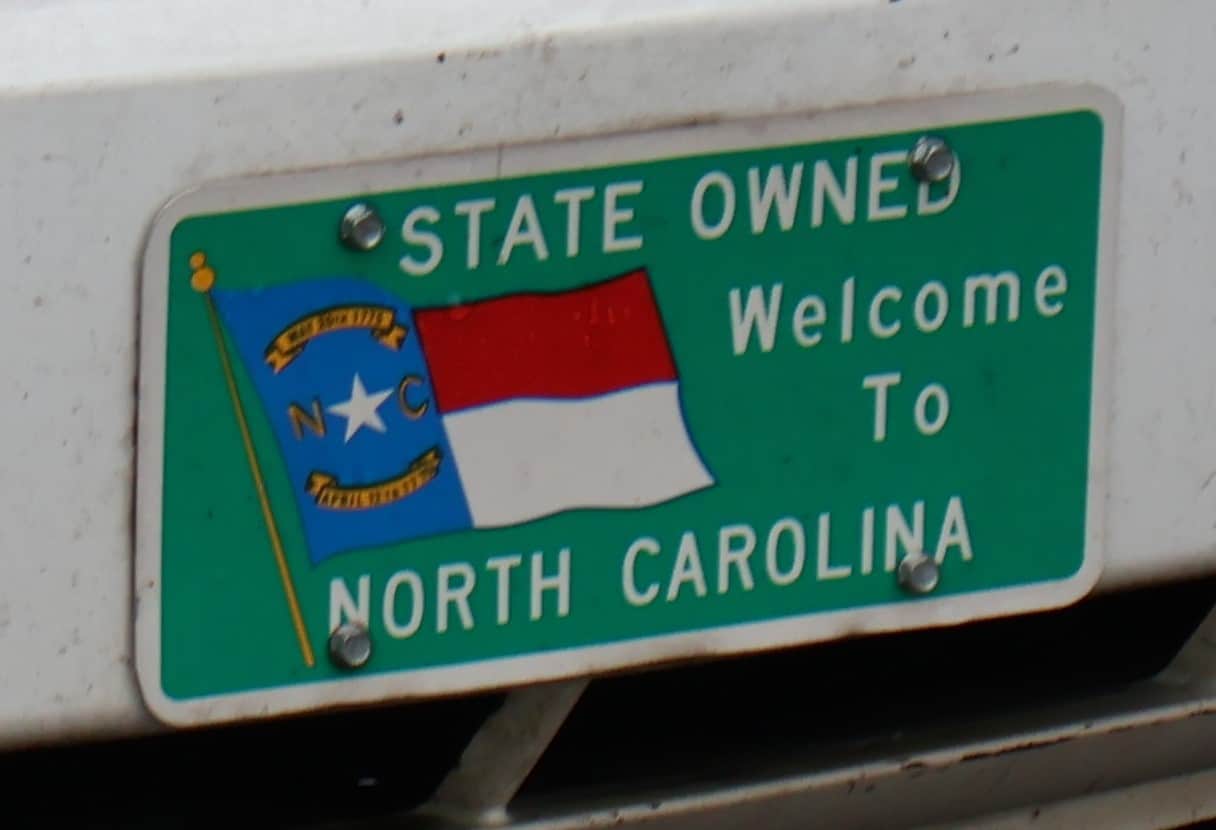
- November 21, 1789
In November of 1789, North Carolina joined the union after expressing their approval of the U.S. Constitution. Although many amendments to the Constitution were called for in 1788, the General Assembly officially made North Carolina the 12th state in 1789.
Rhode Island
- May 29, 1789
In 1789, Rhode Island became the final state of the 13 original colonies to become a state and ratify the U.S. Constitution. Some of the boundaries of the state were changed in 1862 and the final boundaries were established in 1897.
Vermont

- March 4, 1791
Vermont was the 14th state added to the United States of America and the first state that wasn’t one of the original 13 colonies. Vermont was declared an independent state in 1777 during the Revolutionary War, but the colonies didn’t want the state to join the United States. New York finally agreed to allow Vermont to become a state in 1791 after Vermont paid New York $30,000.
Kentucky

LOUISVILLE, KY - MAY 03: California Chrome #5, ridden by Victor Espinoza, leads the field out of the fourth turn enroute to winning the 140th running of the Kentucky Derby at Churchill Downs on May 3, 2014 in Louisville, Kentucky. (Photo by Andy Lyons/Getty Images)
- March 4, 1792
The area that makes up Kentucky was originally part of Virginia. However, after the end of the Revolutionary War, settlers in Kentucky tried to gain independence from Virginia. Virginia gave over the area that makes up Kentucky to the U.S. in 1792 and it became the 15th state.
Tennessee
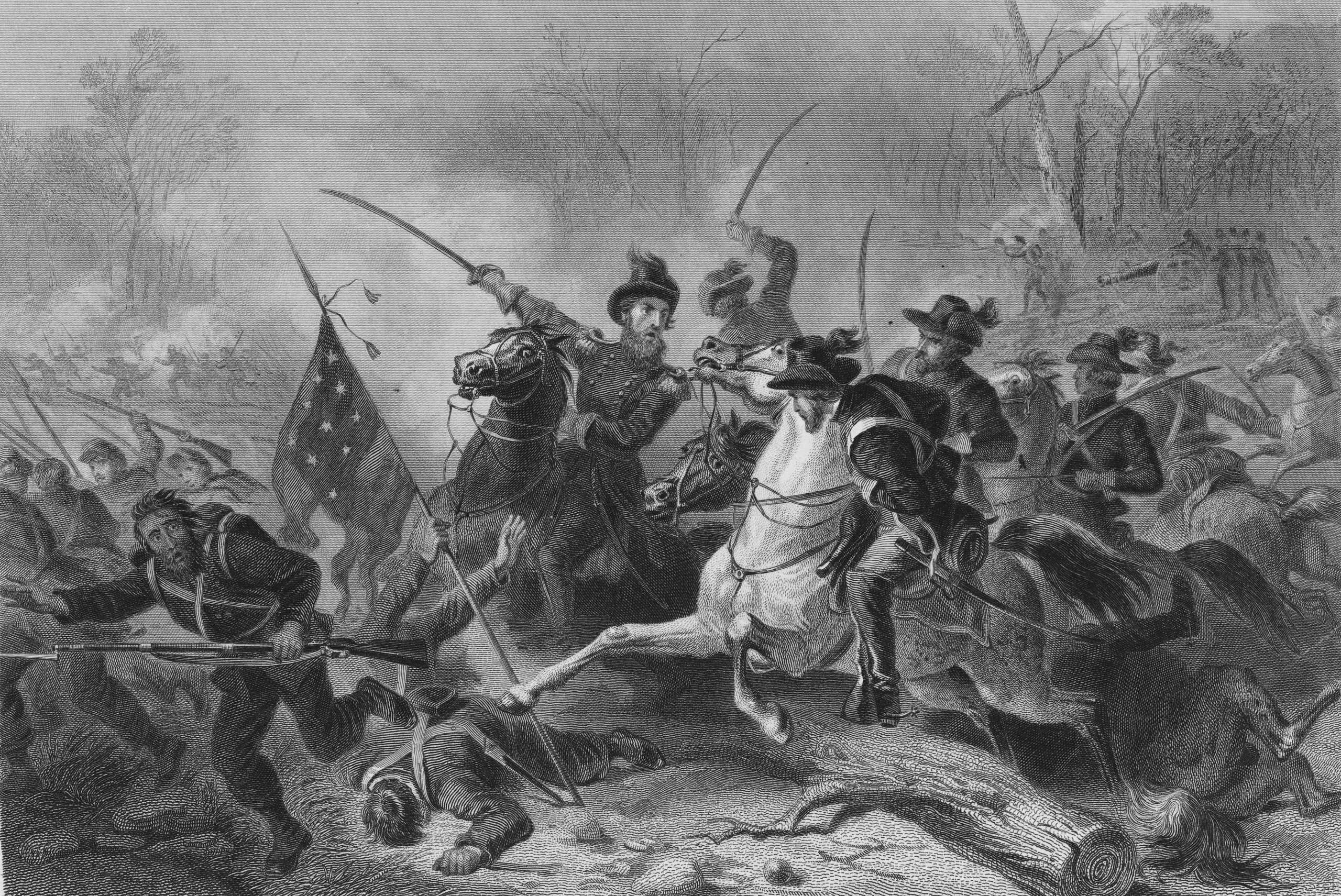
- June 1, 1796
The process of making Tennessee a state was a long one. The area that made up Tennessee was originally part of North Carolina, but the settlers in the area that made up Tennessee decided to start their own state and called it Franklin. After North Carolina gave the land back to the government, the area was declared a U.S. territory and became an official state in June of 1796.
Ohio
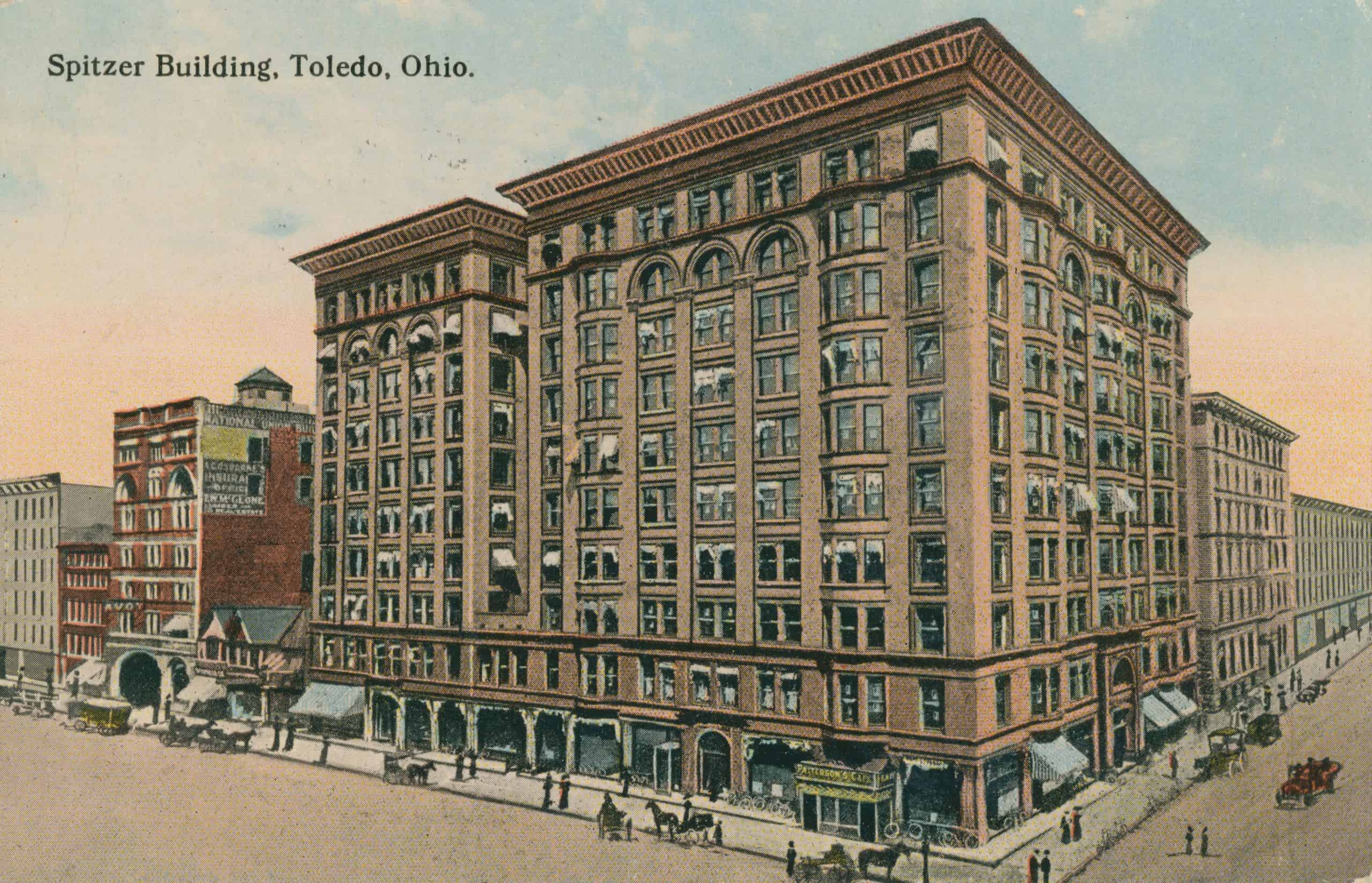
- March 1, 1803
Ohio was previously part of the Northwest Territory, an area designated for westward expansion. The Northwest Ordinance allowed these territories to become states once they reached a population of 60,000. Since the area that made up Ohio had reached a population of 45,000 people, they established a state constitution and government. Technically, Ohio officially became a state in February of 1803, but the Ohio legislature met for the first time in March, making this the record for the date of statehood.
Louisiana
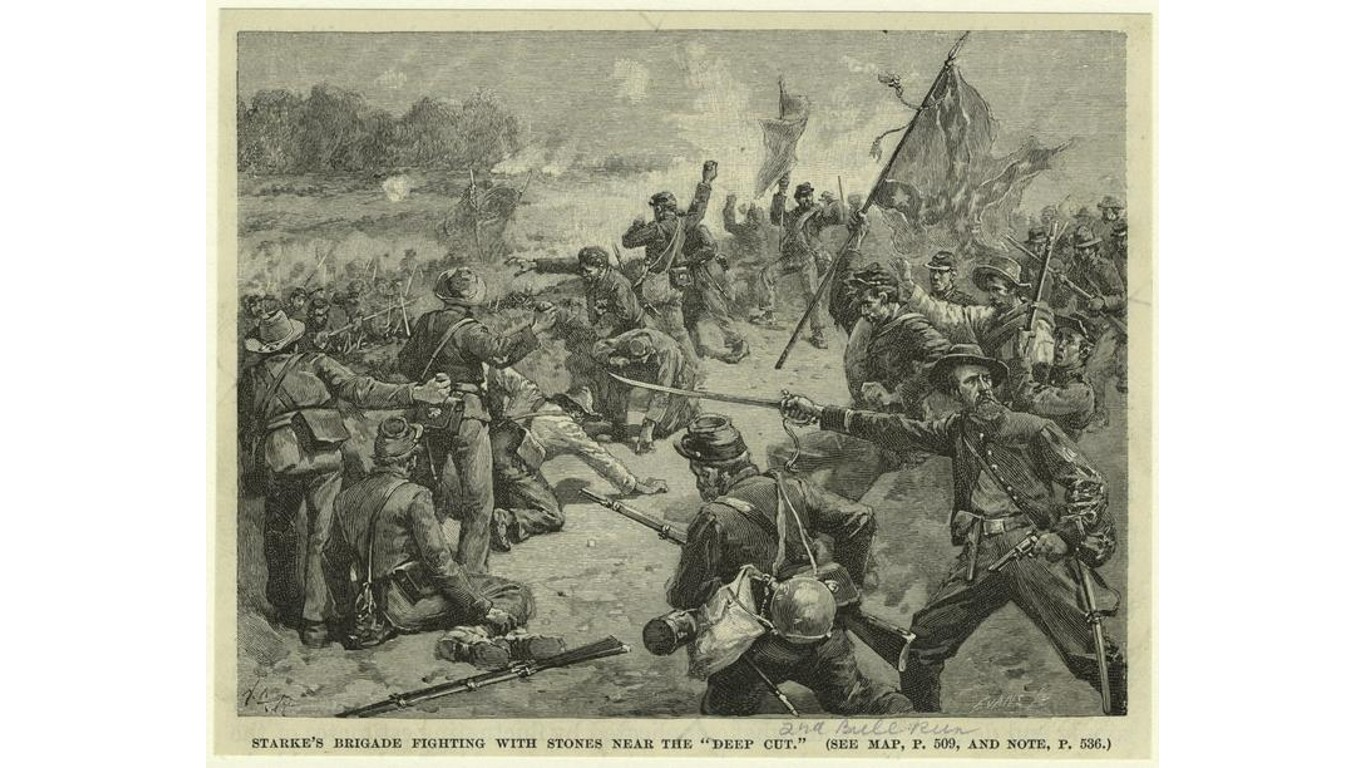
- April 30, 1812
The United States purchased the land that made up Louisiana during the Louisiana Purchase in 1803. However, Louisiana becoming a state was a bit more complicated, especially because the Louisiana Purchase didn’t define any clear boundaries for Louisiana. The territory of Louisiana held a state convention in 1811, showing that at least 76,000 people were living in the territory. The U.S. Congress admitted Louisiana as a state in 1812.
Indiana

- December 11, 1816
In 1800, the U.S. Congress split the Northwest Territory in two, creating the Indiana Territory and the Northwest Territory. William Henry Harrison became the governor of the Indiana Territory in 1800 as well. Indiana first requested permission to become a state in December 1815. The territory was granted permission to hold a constitutional convention in April 1816 and President Madison granted Indiana admission into the union on December 11, 1816.
Mississippi
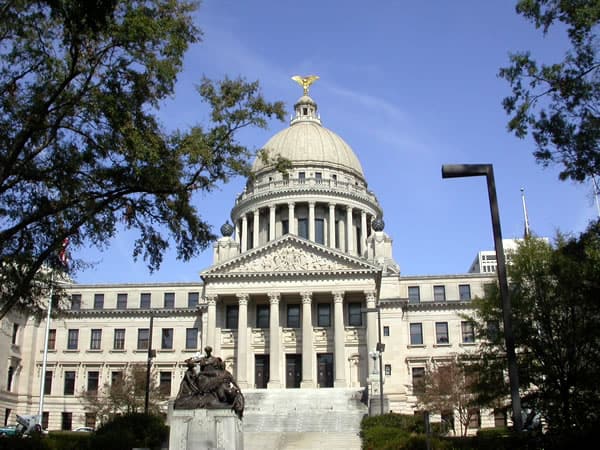
- December 10, 1817
The U.S. Congress established the Mississippi Territory in 1798, which initially included present-day Mississippi and Alabama. Although there were disagreements about whether the territory should become one state or two, Congress ended up dividing the territory in two. After drafting a state constitution, President Monroe admitted Mississippi as the 20th state in December 1817.
Illinois

- December 3, 1818
Illinois was initially part of the Northwest Territory and then became part of the Indiana Territory after the area was divided in 1800. In 1809, the Illinois Territory was formed. There were several conflicts surrounding the border of Illinois, especially in the north. Eventually, the state boundary was established and the state was admitted to the union in 1818.
Alabama
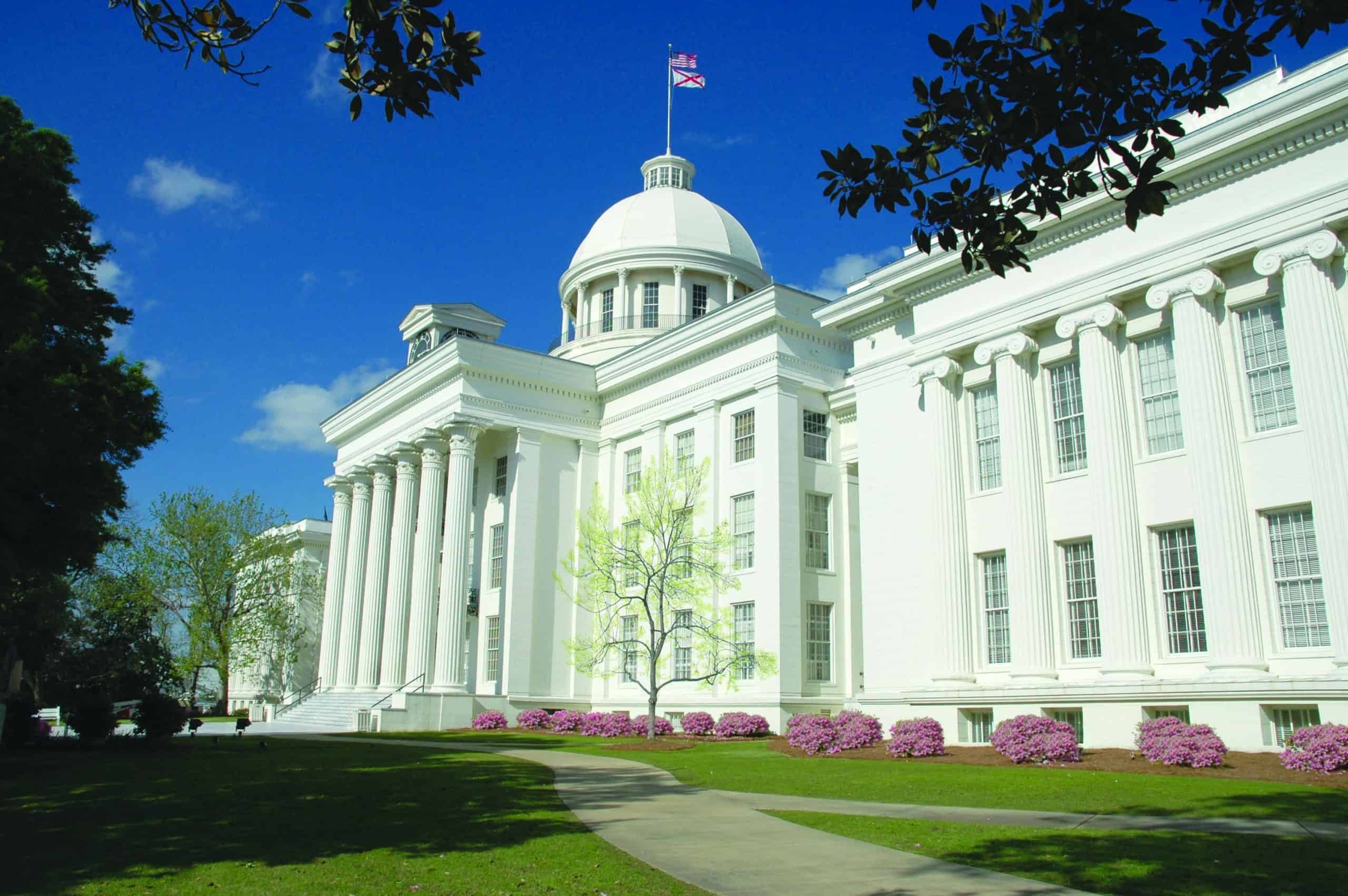
- December 14, 1819
The Alabama Territory was established after Mississippi became a state in 1817. When the census of 1818 showed 68,000 residents in Alabama, the territory was ready to petition Congress to become a state. Delegates gathered in Huntsville in July 1819 to create the state constitution. President Monroe accepted Alabama into the union on December 14, 1819.
Maine

- March 15, 1820
Maine was previously part of Massachusetts, but many resisted separation from Massachusetts until the War of 1812. Maine ended up becoming a state during the Missouri Compromise of 1820. The population in Maine had surpassed 200,000 and the state of Maine joined the union as a free state in March of 1820.
Missouri
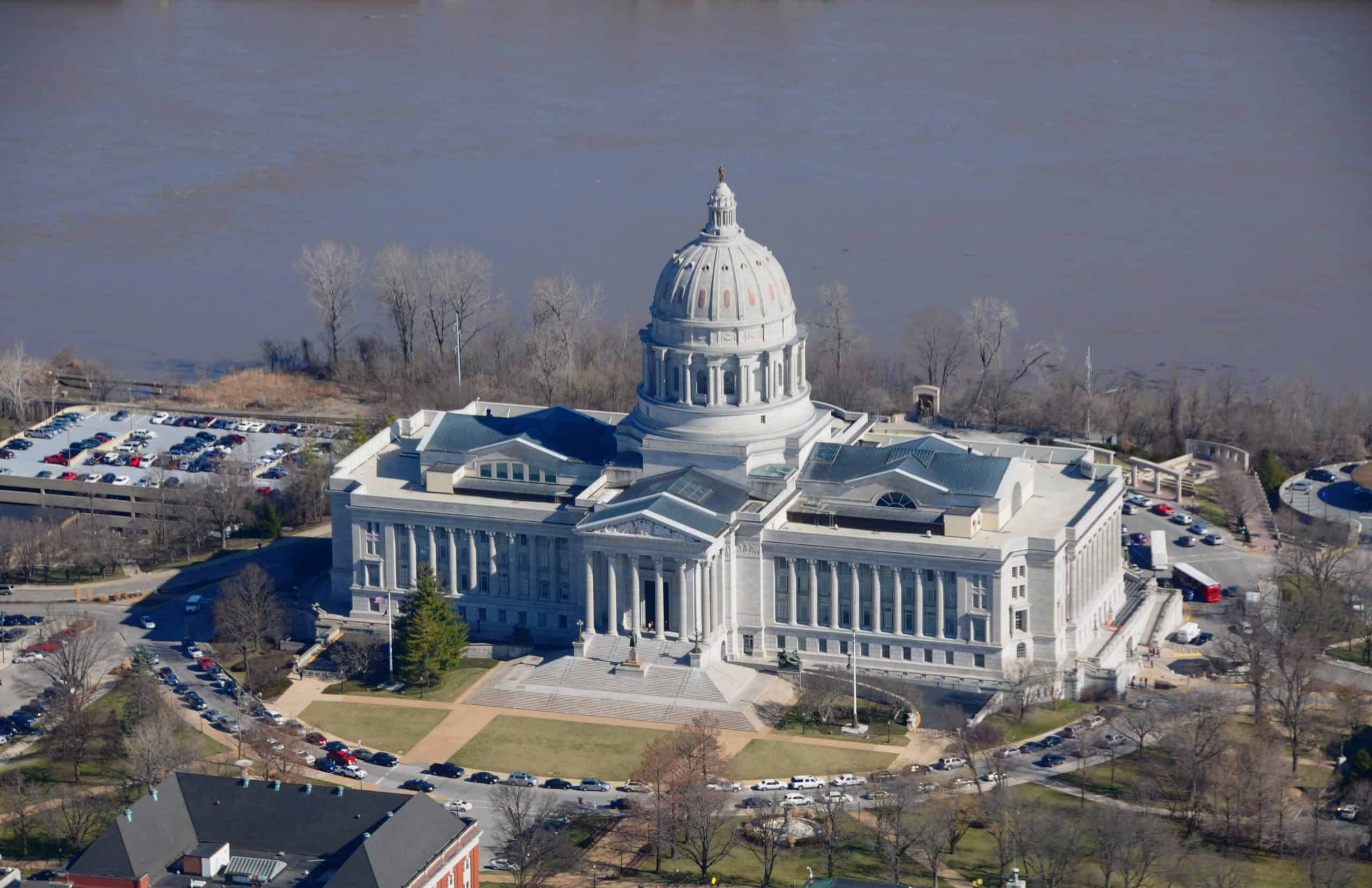
- August 10, 1821
Missouri, like Maine, was admitted as a state during the Missouri Compromise of 1820. There was controversy over slavery during this time because the balance of slave states versus free states was disturbed. The Missouri Compromise was meant to restore this balance. Missouri was admitted to the Union as a slave state while Maine was admitted as a free state.
Arkansas
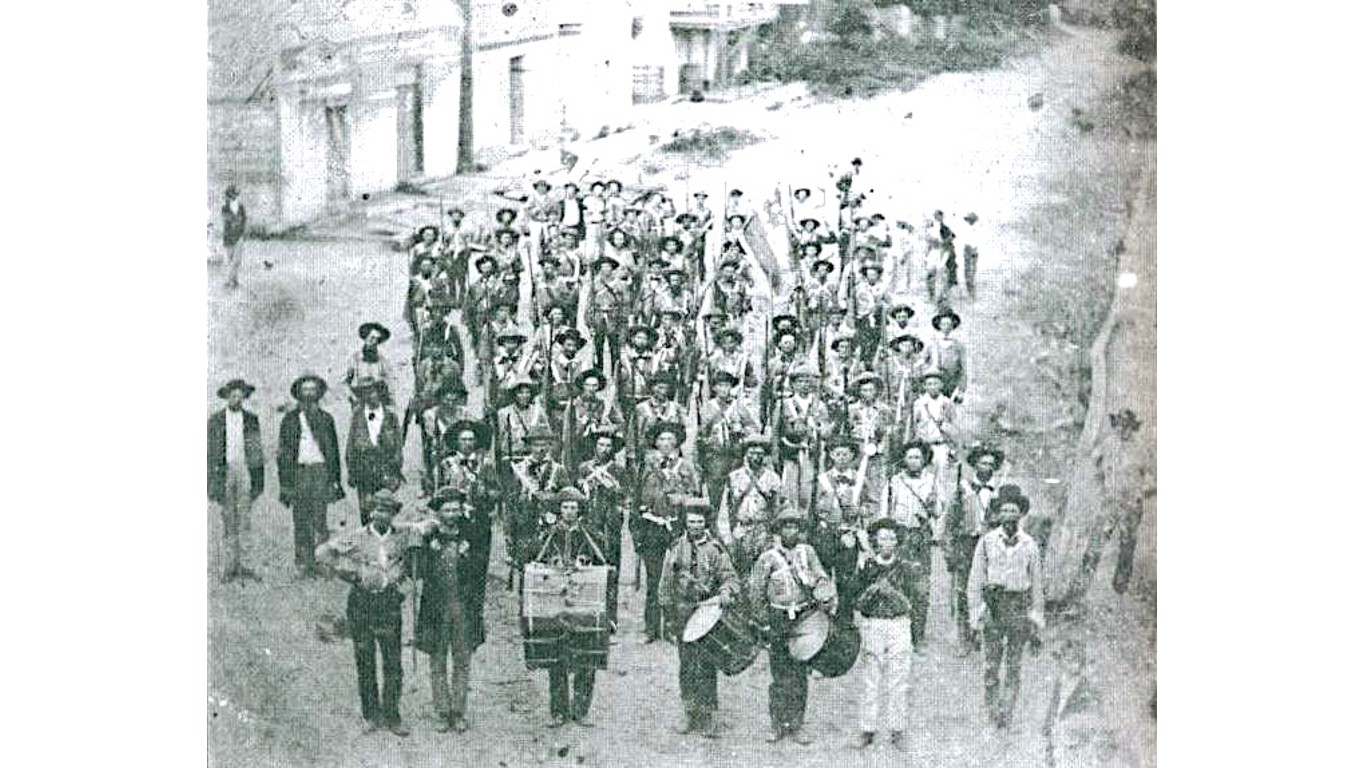
- June 15, 1836
The area that made up Arkansas was bought by the United States as part of the Louisiana Purchase. Part of the Missouri Territory and part of Oklahoma made up the Arkansas Territory. When Michigan applied as a free state, delegates in Arkansas decided to apply as a slave state. Even though they were denied, they drafted a state constitution and reached a compromise within the state. The constitution was approved and the state was established on June 15, 1836.
Michigan
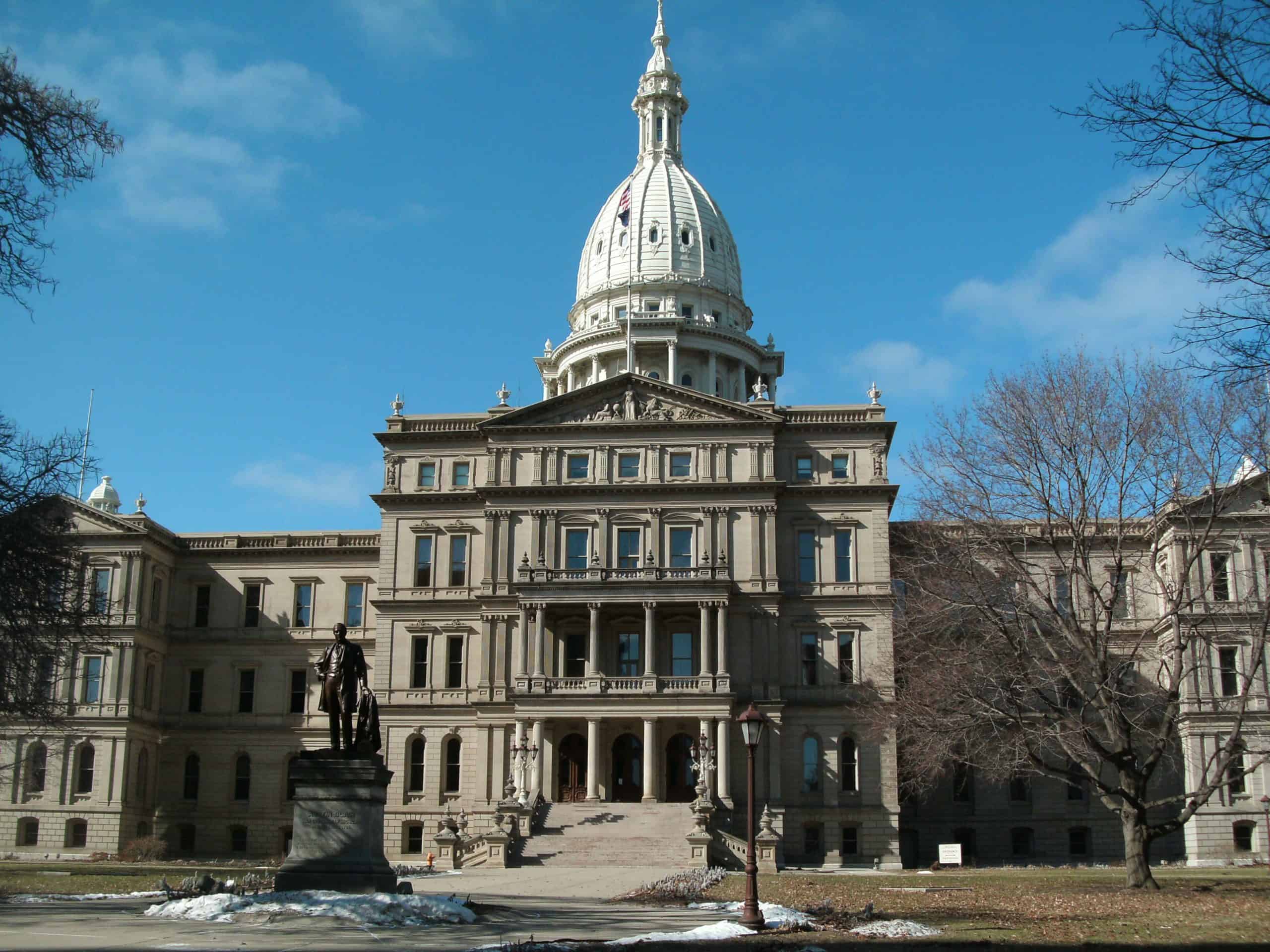
- January 26, 1837
Michigan didn’t have an easy path to statehood because of a conflict with Ohio about the border. The conflict between Michigan and Ohio about the city of Toledo led to the Toledo War in 1835. President Jackson put an end to the war and stated that Michigan couldn’t become a state unless it agreed to Ohio’s terms. Toledo was given to Ohio and the upper peninsula was given to Michigan, which was established as a state in 1837.
Florida
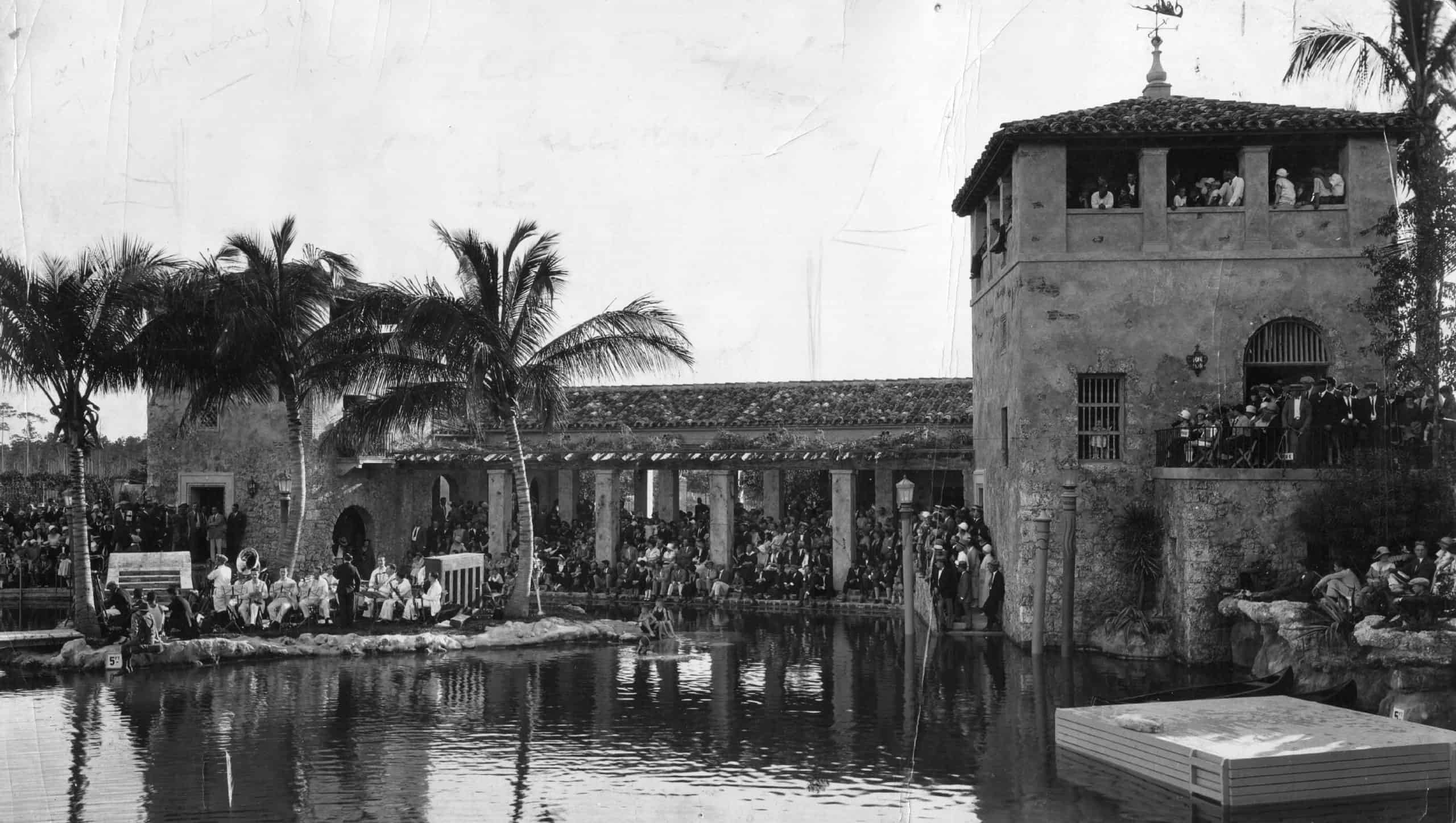
circa 1920: The famous Venetian bathing pool at Coral Gables, Miami, Florida attracts a huge crowd for the season. (Photo by General Photographic Agency/Getty Images)
- March 3, 1845
Despite Florida being home to the oldest city in the United States, it wasn’t an official state until 1845. At one point, there were many disagreements about whether Florida should become a state or not, especially because East Florida was struggling to pay territorial taxes. After many conflicts, East and West Florida came together and a state constitution was drafted in 1838. Florida became an official state on March 3, 1845.
Texas
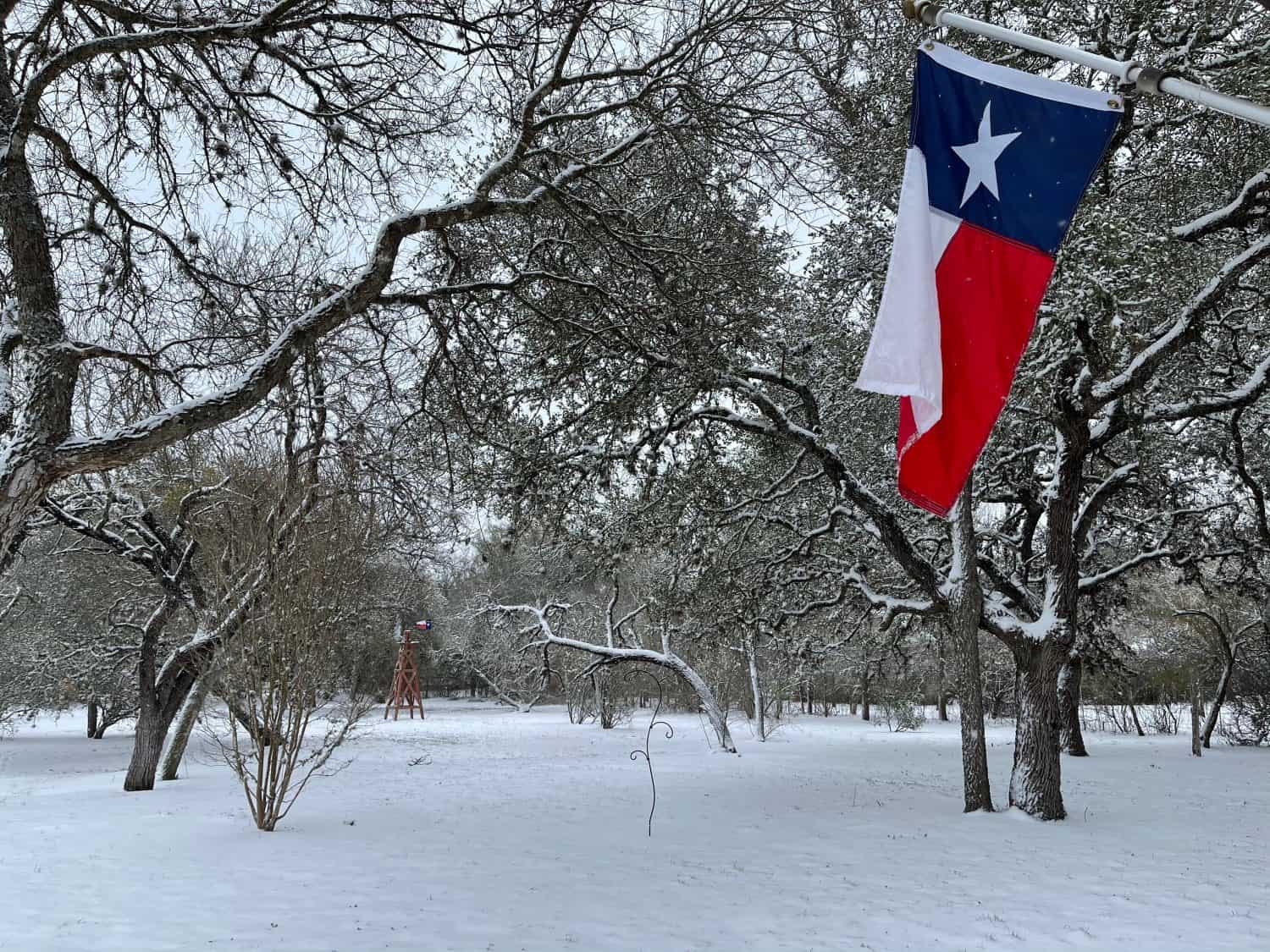
- December 29, 1845
Texas was a part of Mexico until 1836 when United States settlers declared independence. The area then became the Republic of Texas. The Mexican Government attempted to remain in control, leading to the Battle of the Alamo. However, their forces were later defeated at the Battle of San Jacinto. After resolving conflicts about slavery expansion in the area, U.S. Congress moved to make Texas a state. It officially became a part of the Union on December 29, 1845.
Iowa
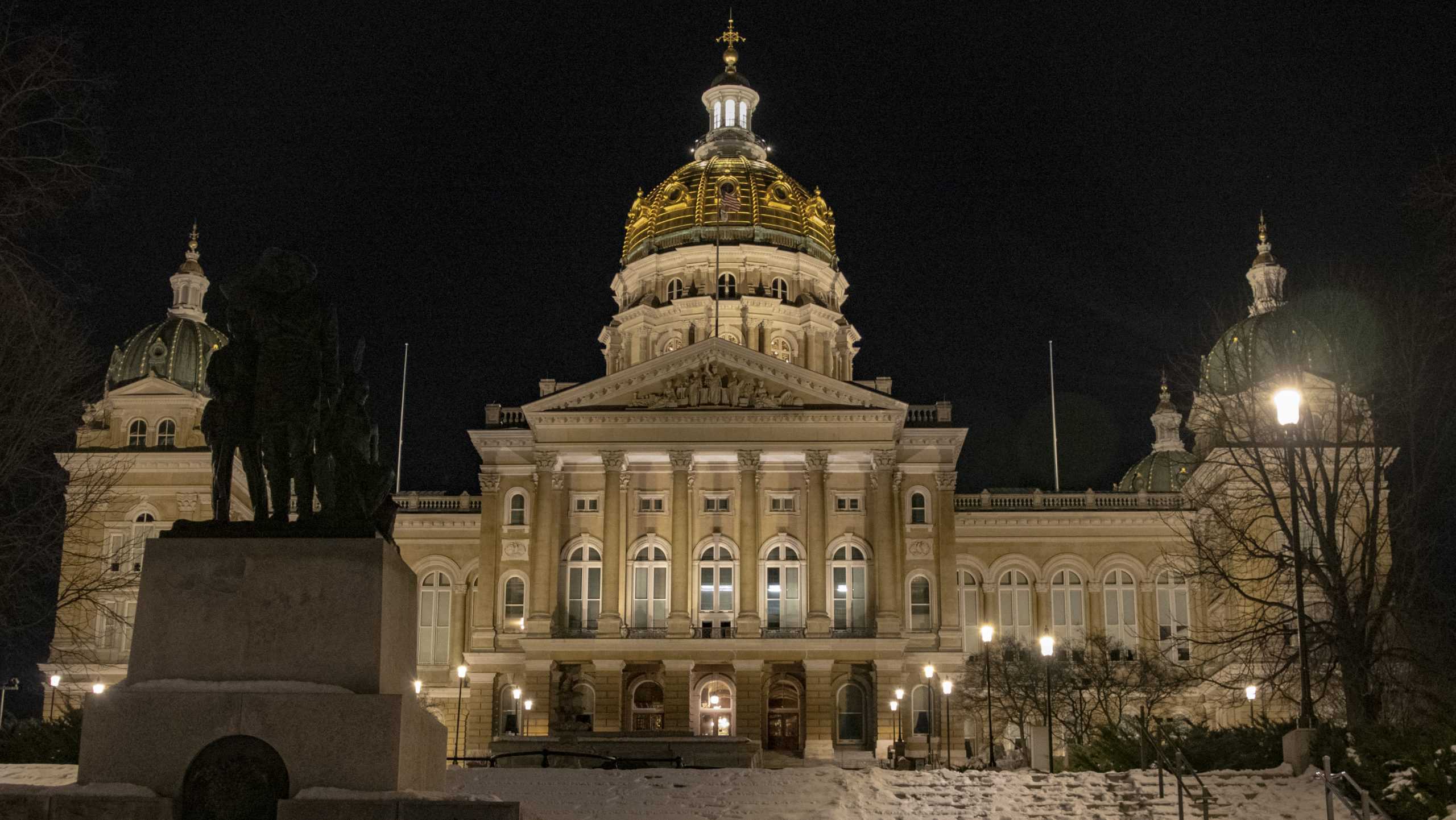
- December 28, 1846
The area that made up Iowa was previously part of the Michigan Territory, but it became part of the Wisconsin Territory once Michigan became a state. In 1838, a separate Iowa Territory was established. The governors of Iowa wanted to apply for statehood, but the residents were hesitant because of tax increases. As the population grew, there were fewer concerns and Iowa joined the Union as a free state on December 28, 1846.
Wisconsin
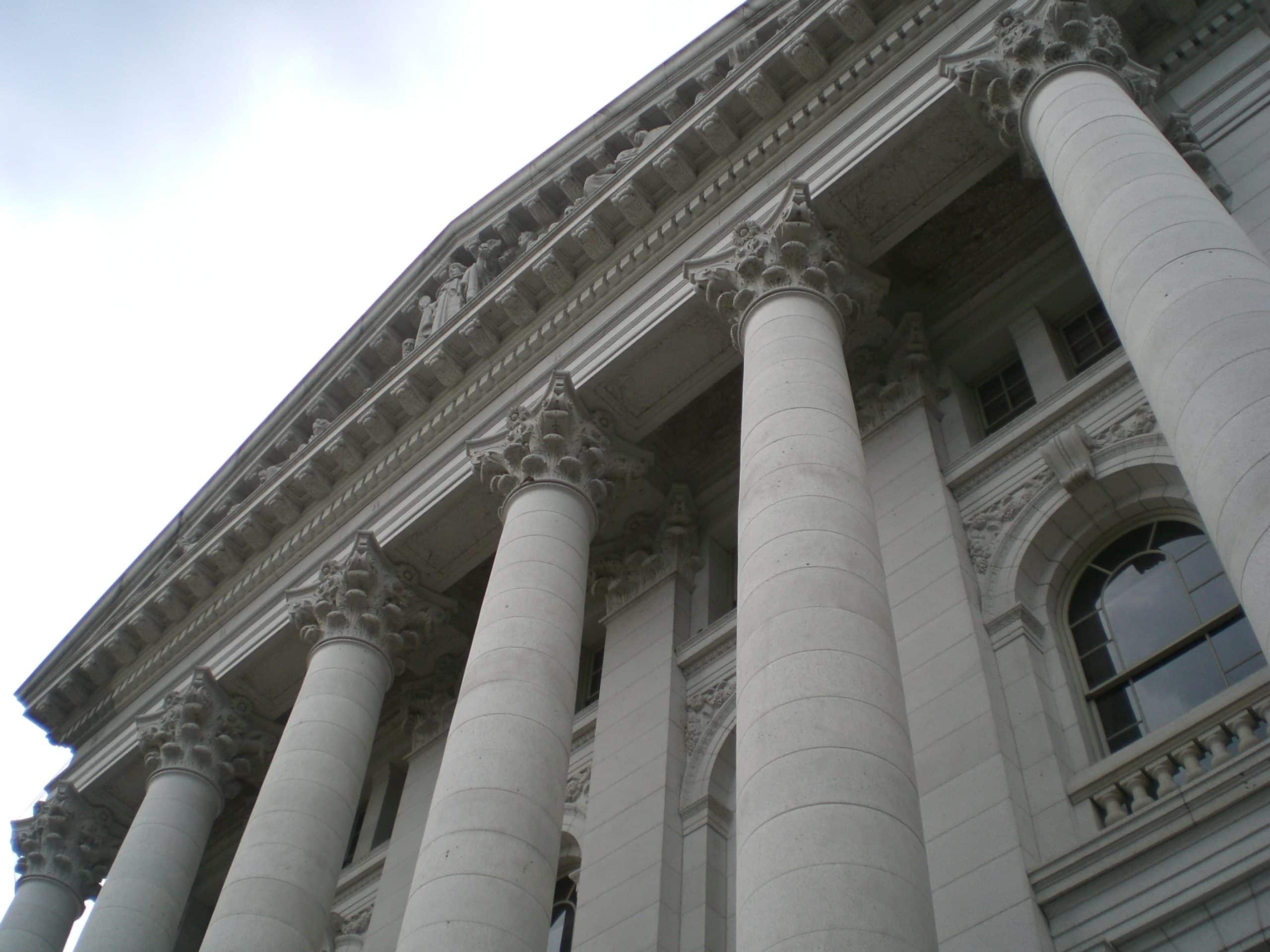
- May 29, 1848
Wisconsin was initially part of the Northwest Territory, then became part of Indiana, Illinois, and Michigan, before it finally became its own territory in 1836. By the 1840s, the population of the Wisconsin Territory had grown to over 100,000, making Wisconsin eligible for statehood. Delegates participated in two different constitutional conventions before Wisconsin became the nation’s 30th state on May 29, 1848.
California
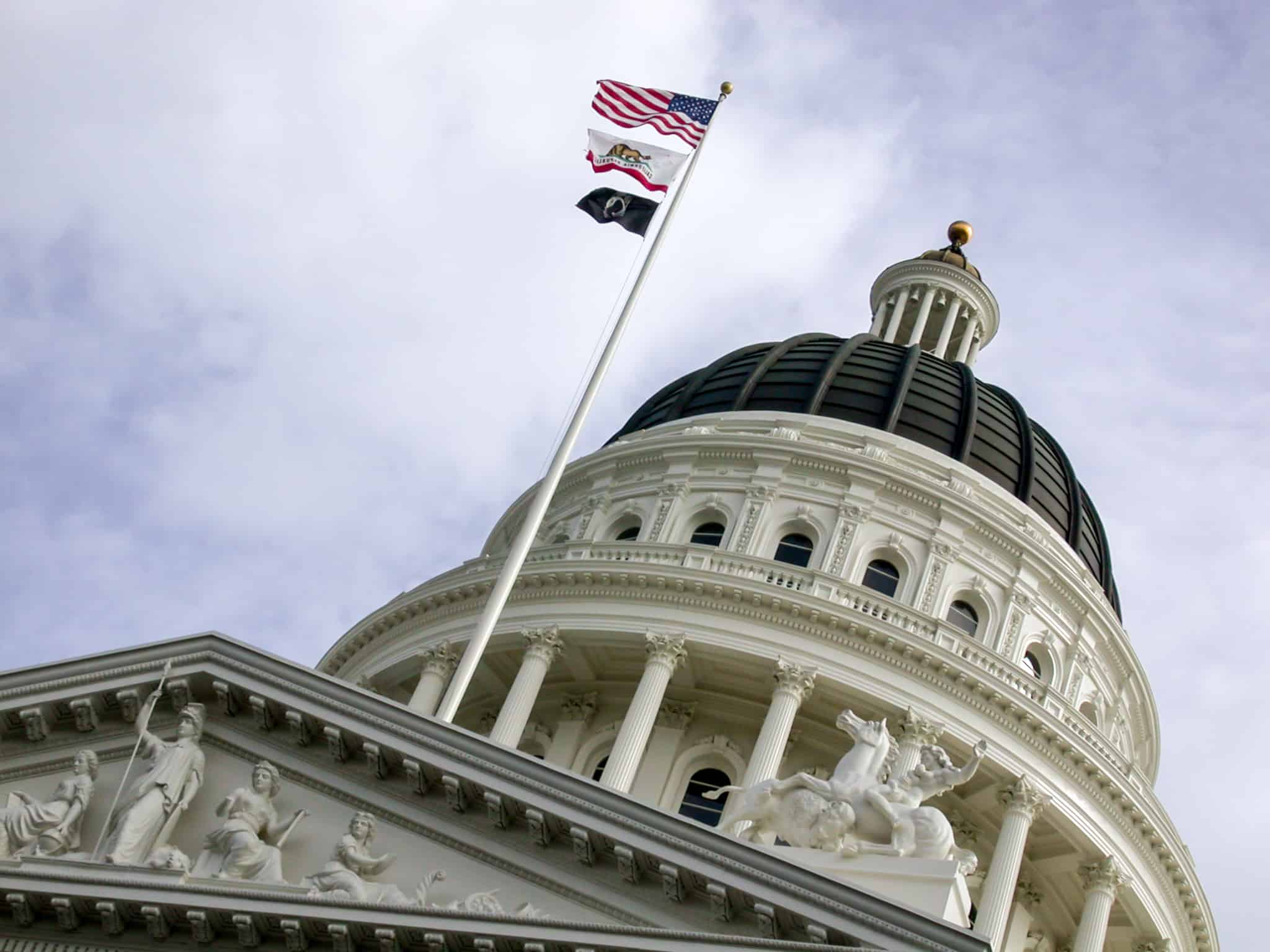
- September 9, 1850
California was able to become a state because of the Mexican-American War. This war, which started in April 1846, ended in 1848 with the signing of the Treaty of Guadalupe Hidalgo. The treaty required Mexico to give the United States a large portion of the Southwest for $15 million, including the area that made up California. By 1849, the residents of California wanted to become a state and Congress approved their admission to the Union on September 9, 1850.
Minnesota
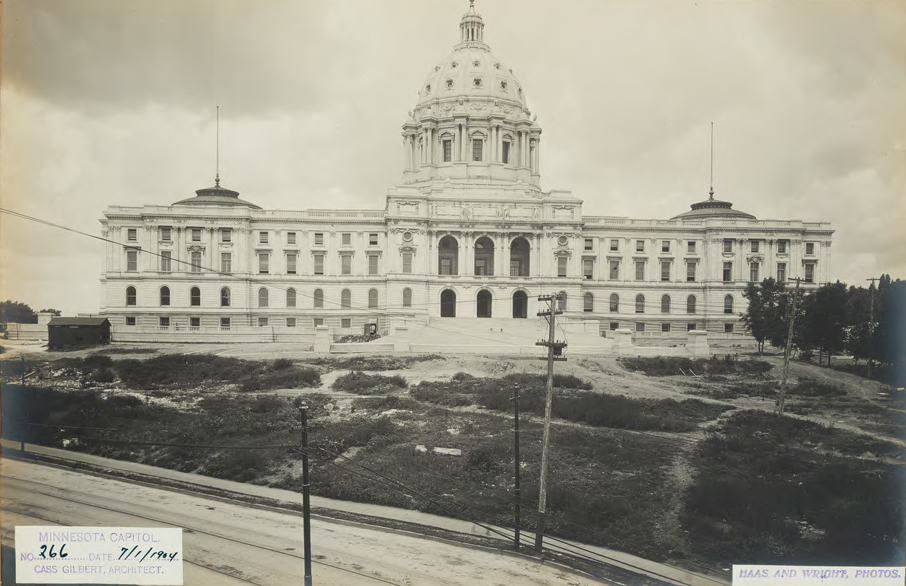
- May 11, 1858
Minnesota first applied for statehood in December 1857. However, several obstacles prevented Congress from admitting Minnesota to the Union at first. The bill to admit Minnesota to the Union went along with Kansas’ admission as well since a free state and a slave state had to be admitted together. The Lecompton Constitution from Kansas was created by fraudulent voting practices and was therefore rejected. President Buchanan ended up approving Minnesota’s admission a year later.
Oregon
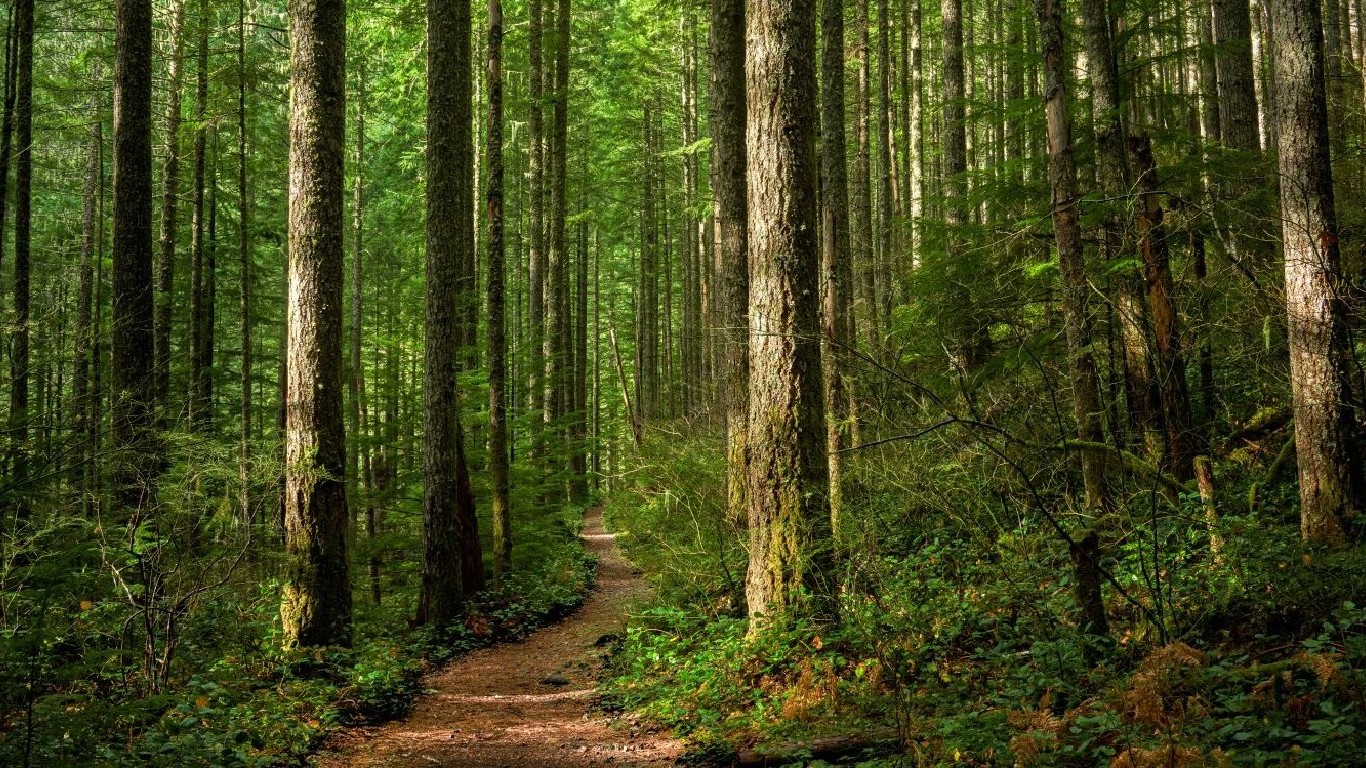
- February 14, 1859
The Oregon Territory was established in 1848, which included the land that makes up Oregon as well as parts of other states. Before this in 1846, the United States signed the Oregon Treaty, which settled the boundary of the territory. The Oregon Territory petitioned Congress to become a state in 1857 and the territory was admitted in February 1859.
Kansas

- January 29, 1861
The Kansas Territory, along with Missouri, first petitioned for statehood in 1857. The petition was rejected because the Lecompton Constitution was created with fraudulent votes from those who were pro-slavery. This conflict led to a series of confrontations, often known as Bleeding Kansas. A new state constitution was created and Kansas officially became a free state on January 29, 1861.
West Virginia
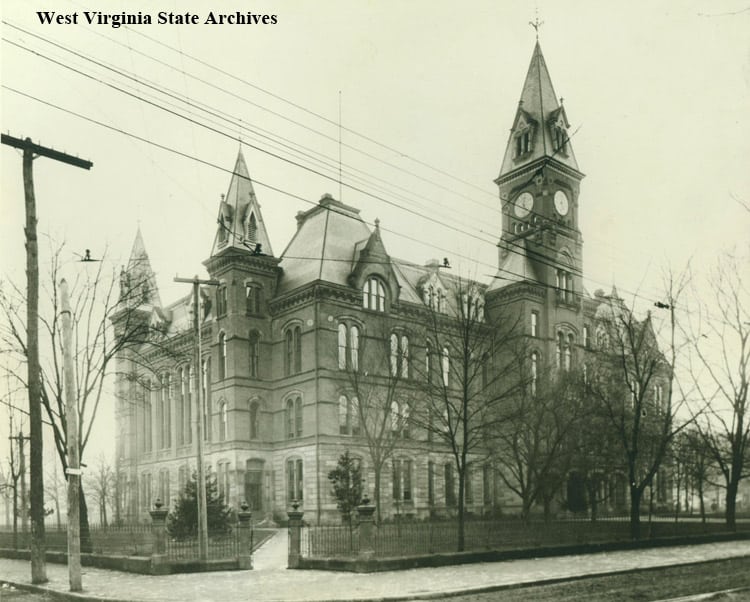
- June 20, 1863
The territory that makes up West Virginia was a part of Virginia before they established a separate government. Residents in the western part of the state were unhappy because many of them didn’t own enough property to have voting rights. In 1861, a group of these residents saw an opportunity to create a new state. At this time, Virginia was attempting to secede from the Union. West Virginia was officially recognized as a state on June 20, 1863.
Nevada
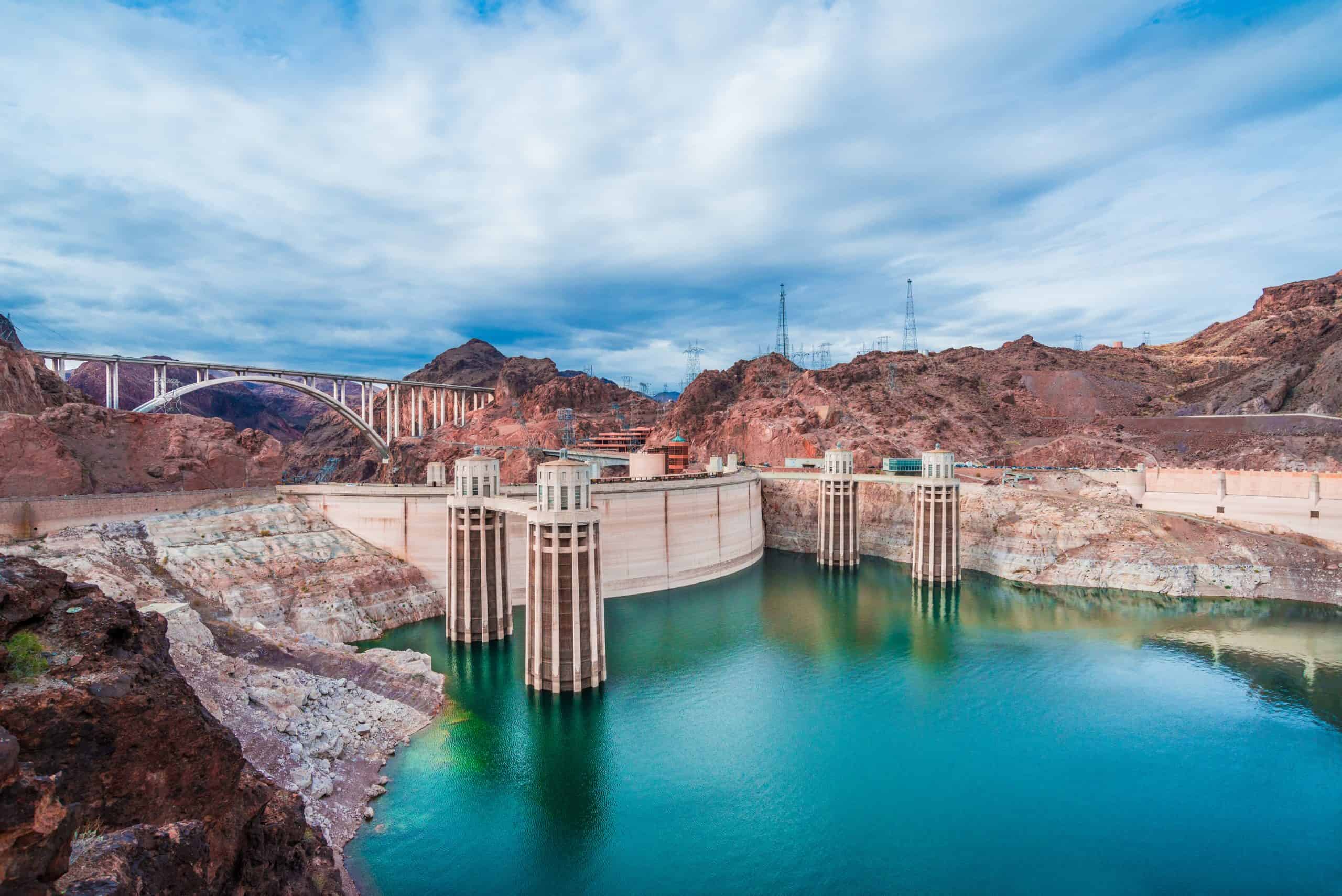
- October 31, 1864
A territory needed at least 60,000 residents to petition Congress to become a state, but Nevada only had 40,000 residents by 1864. It did, however, have the benefit of having large silver deposits. President Lincoln knew that Nevada would support the 13th Amendment he proposed, so the delegates in Nevada sent the longest telegram ever recorded to quickly receive the approval of Congress. Nevada officially became a state on October 31, 1864.
Nebraska
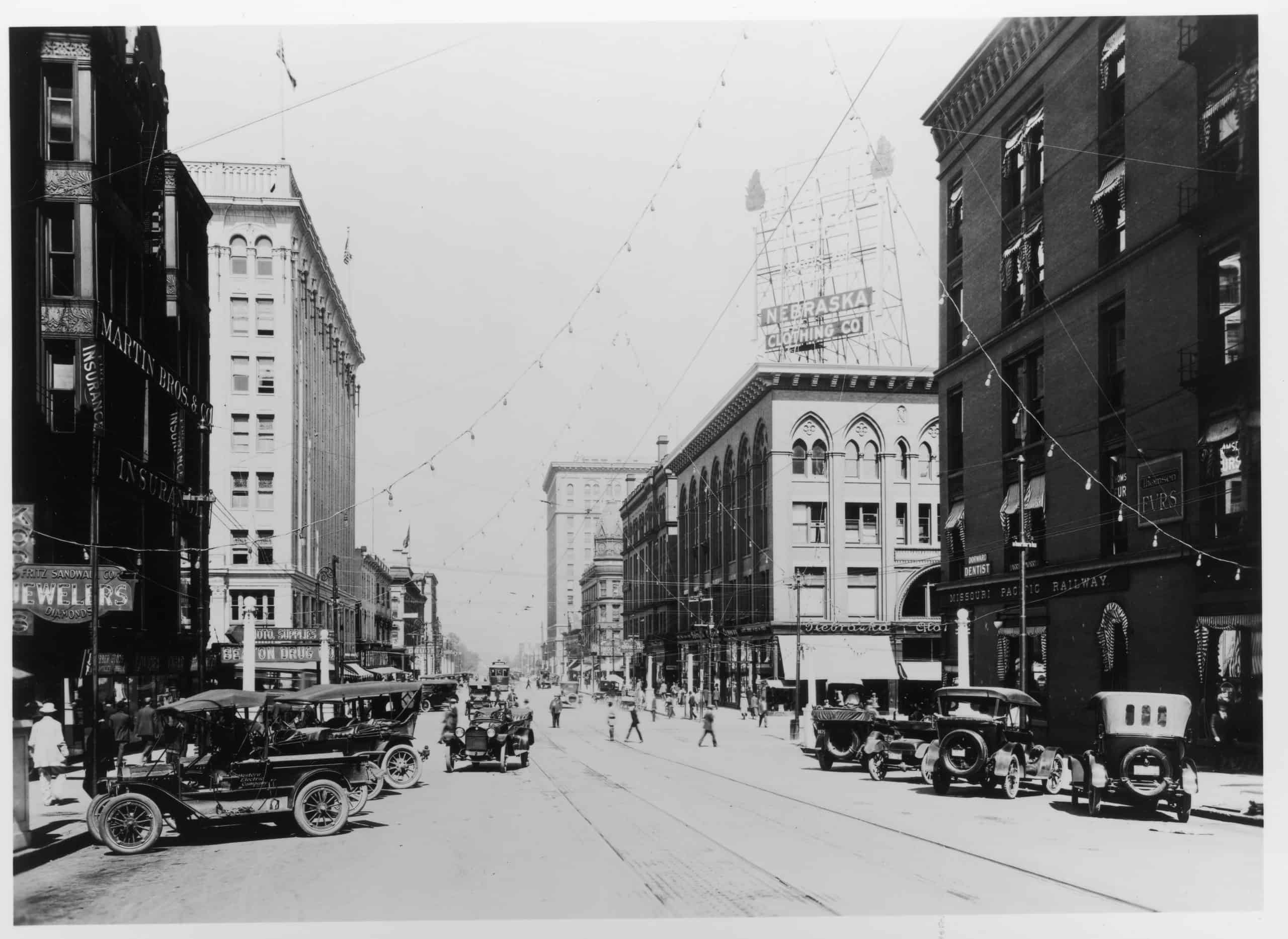
View of the Nebraska Clothing Co. and other stores in Nebraska, Omaha, USA, circa 1920. (Photo by Fotosearch/Getty Images).
- March 1, 1867
The land that made up Nebraska was another part of the country that the government bought during the Louisiana Purchase. The Nebraska Territory was established in 1854 during the Kansas-Nebraska Act. Nebraska continued to grow due to the Homestead Acts and the addition of new railroads in the area. President Johnson approved the territory’s admission to the Union and it became a state on March 1, 1867.
Colorado

- August 1, 1876
The territory that makes up Colorado, previously known as the Jefferson Territory, was established in 1859. Delegates in the territory first attempted to achieve statehood in 1964, but many political issues prevented Colorado from becoming a state right away. President Ulysses S. Grant admitted Colorado as an official state on August 1, 1876.
North Dakota
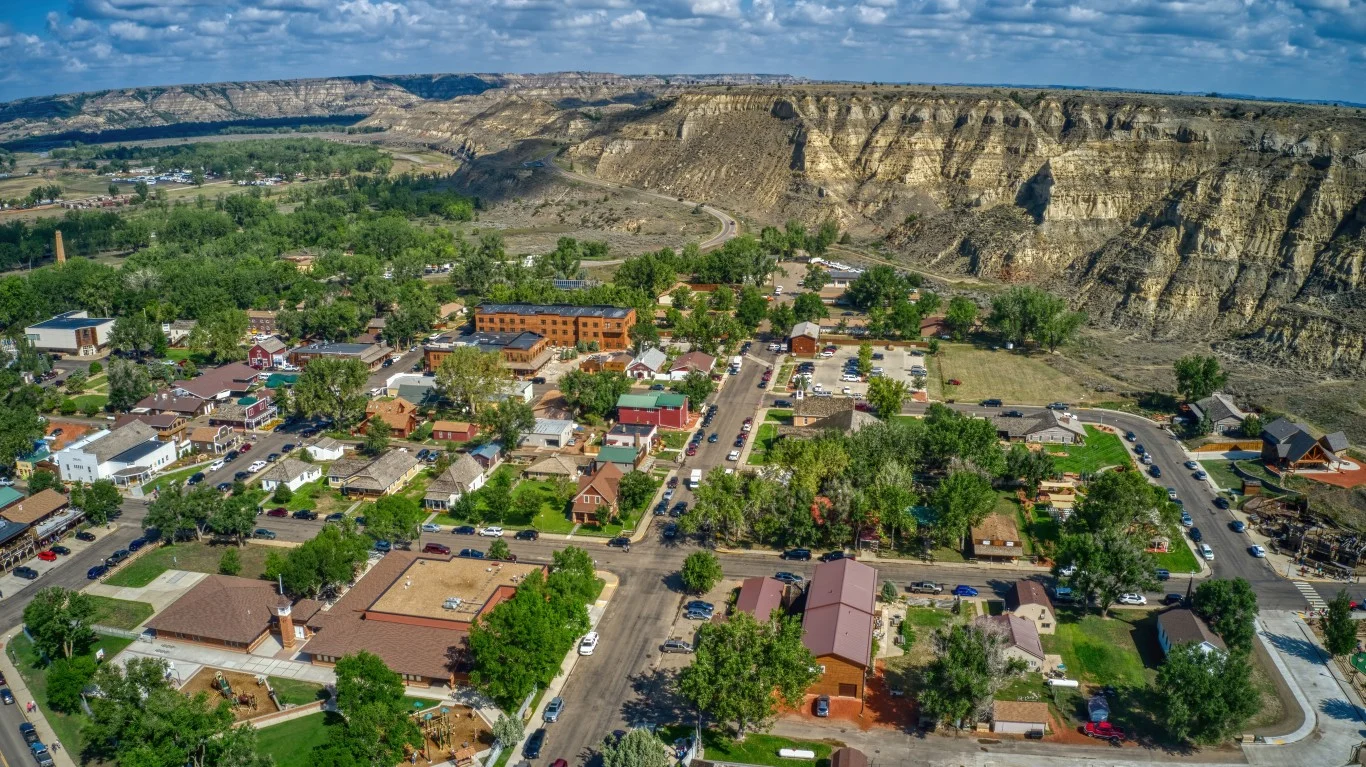
- November 2, 1889
Most of the land that makes up North Dakota was acquired through the Louisiana Purchase. The Dakota Territory included all of North and South Dakota, as well as parts of several other states. It took many years for the Dakota Territory to become a part of the Union, but the plan was to split it into two states. The Omnibus Bill, signed by President Cleveland, provided specific directions for the separation of the territory. After completing the tasks set by the bill, President Harrison approved both North and South Dakota to become states.
South Dakota
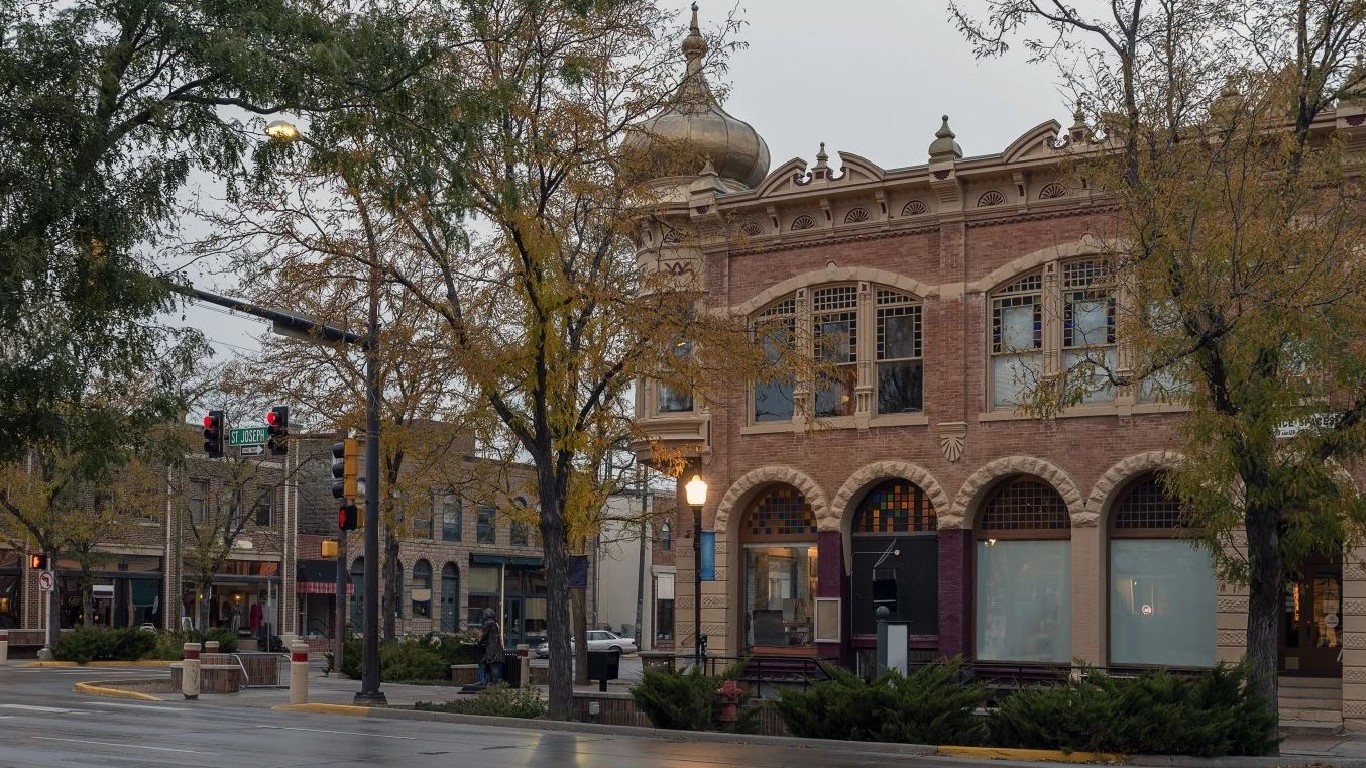
- November 2, 1889
South Dakota became a state the same day as North Dakota after each state held a constitutional convention and the voters accepted the Constitution. President Harrison intentionally did not specify which part of the Dakota Territory became a state first to avoid showing favoritism. When looking at the order of when the territories became states, the Dakotas are listed alphabetically.
Montana
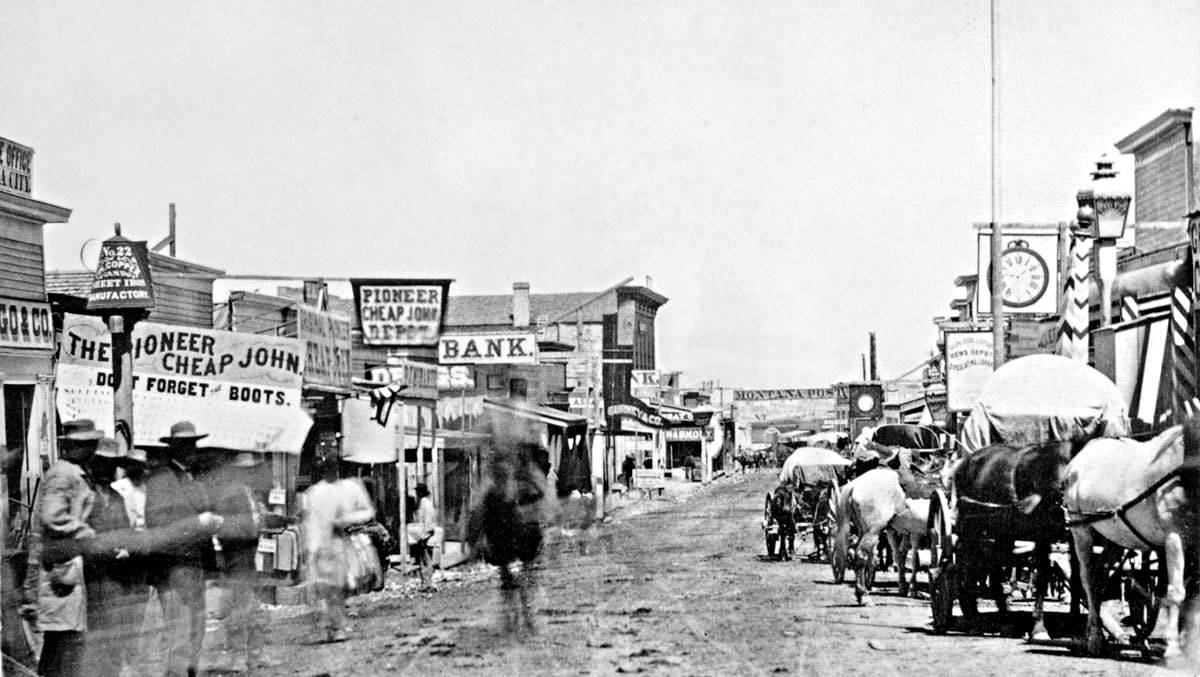
- November 8, 1889
The area that made up Montana became a U.S. Territory in 1864 and they held their second constitutional convention in 1884. However, Congress didn’t initially move forward in admitting Montana to the Union because of political tension at the time between Republicans and Democrats. After the Enabling Act of 1889 was passed, the Montana Territory created a new constitution and President Harrison declared it a state on November 8, 1889.
Washington
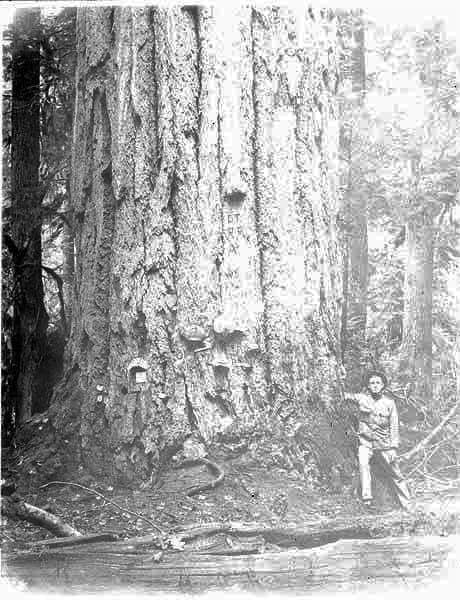
- November 11, 1889
The Dakotas, Montana, and Washington State were the first territories in 13 years to join the Union. The Enabling Act of 1889 allowed these states, including Washington, to be admitted. Washington held a constitutional convention in Olympia and the state constitution was approved by a majority. The territory became an official state on November 11, 1889.
Idaho
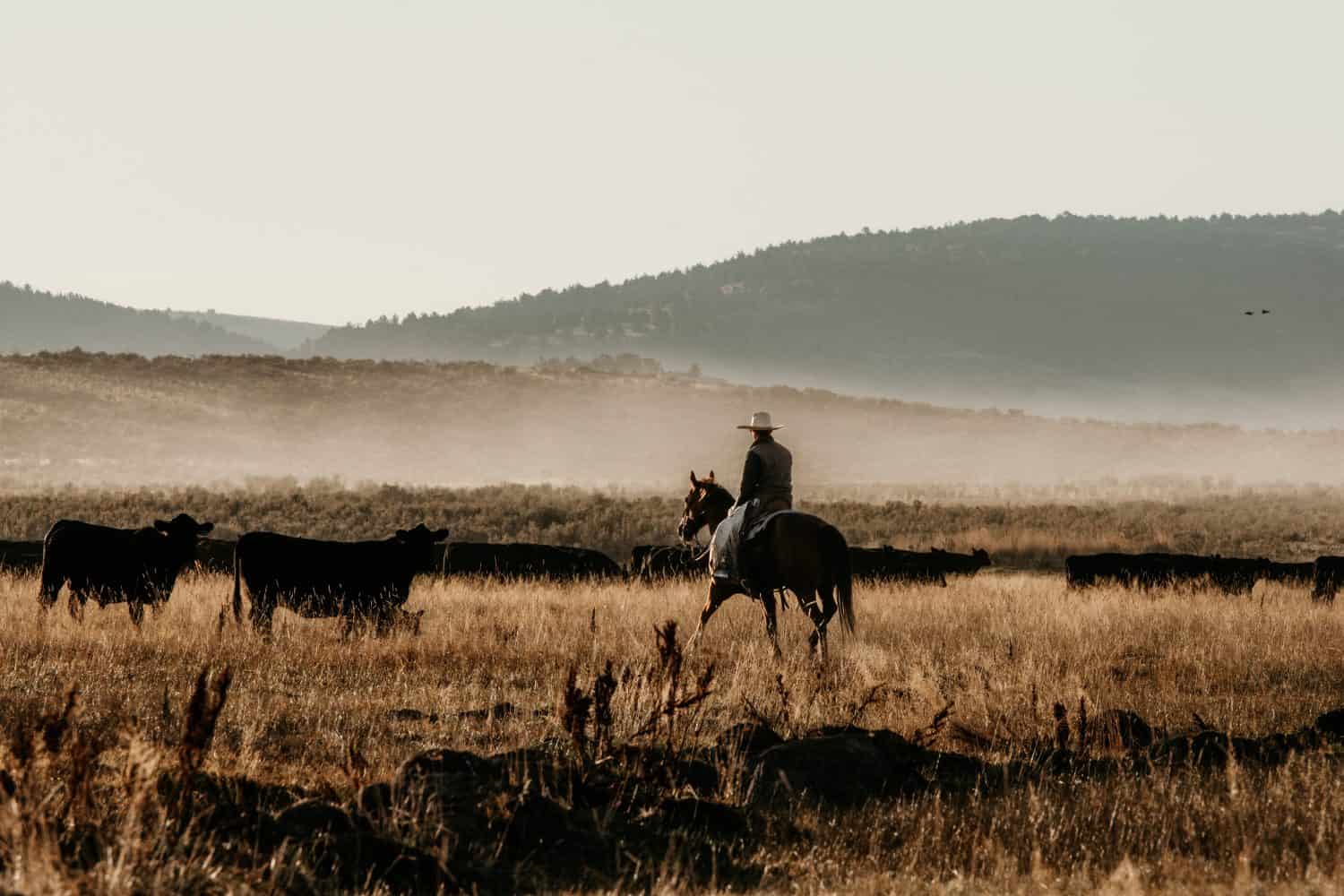
- July 3, 1890
The United States gained the territory that makes up present-day Idaho in a treaty in 1846. Idaho had grown to over 30,000 residents by 1880. Once the territory became dominated by Republicans, they pushed for statehood to gain more influence across the country. Congress approved the state constitution from the Idaho Territory and Idaho officially became a state on July 3, 1890.
Wyoming
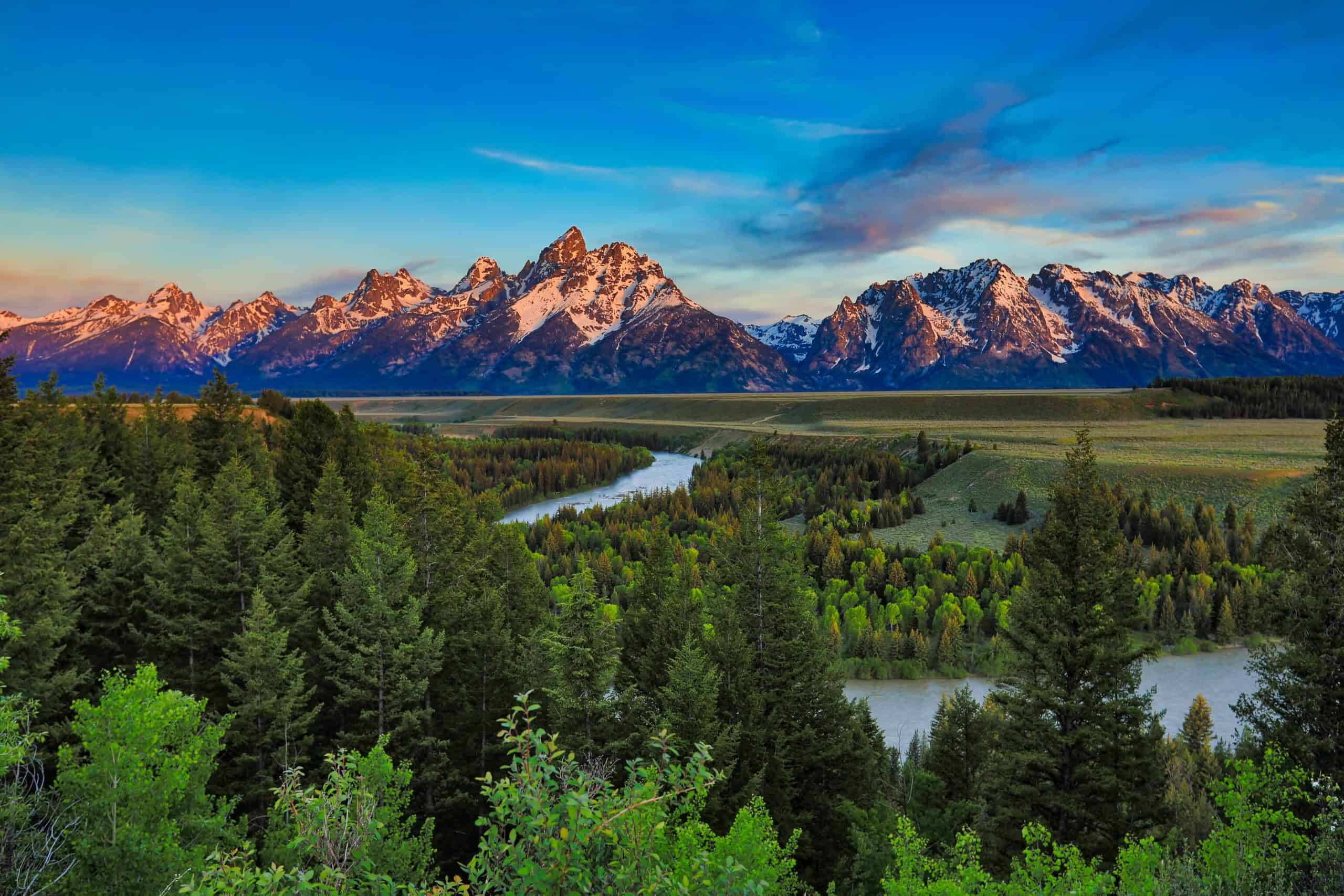
- July 10, 1890
As soon as the Wyoming Territory was established in 1869, the conversations in the territory started to drift toward statehood. In 1888, the Territorial Assembly petitioned the U.S. Congress to be admitted into the Union, but it was rejected. However, residents and delegates continued forward, holding a Constitutional Convention in 1889. President Harrison allowed Wyoming to become a state on July 10, 1890.
Utah
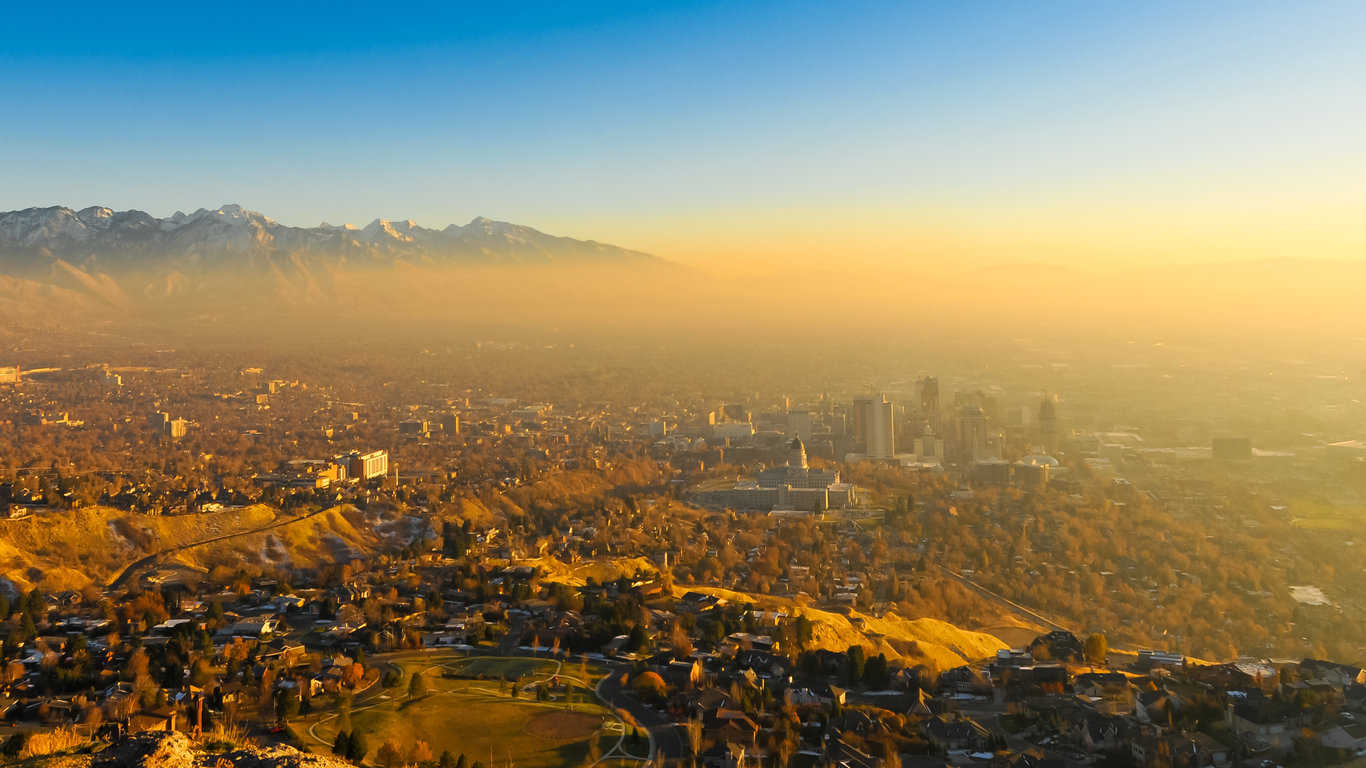
Salt Lake City, Utah, taken during the day.
- January 4, 1896
The area that makes up Utah first became a U.S. Territory in 1848 and proceeded to spend four decades trying to achieve statehood. Mormons began to settle in this territory as early as 1847 before the United States won the Mexican-American War. Congress would not allow Utah to become a state after discovering many of the Latter-Day Saints Church leaders were practicing and promoting polygamy. The Church of Latter-Day Saints renounced polygamy in 1890 and Utah officially became a state in January 1896.
Oklahoma
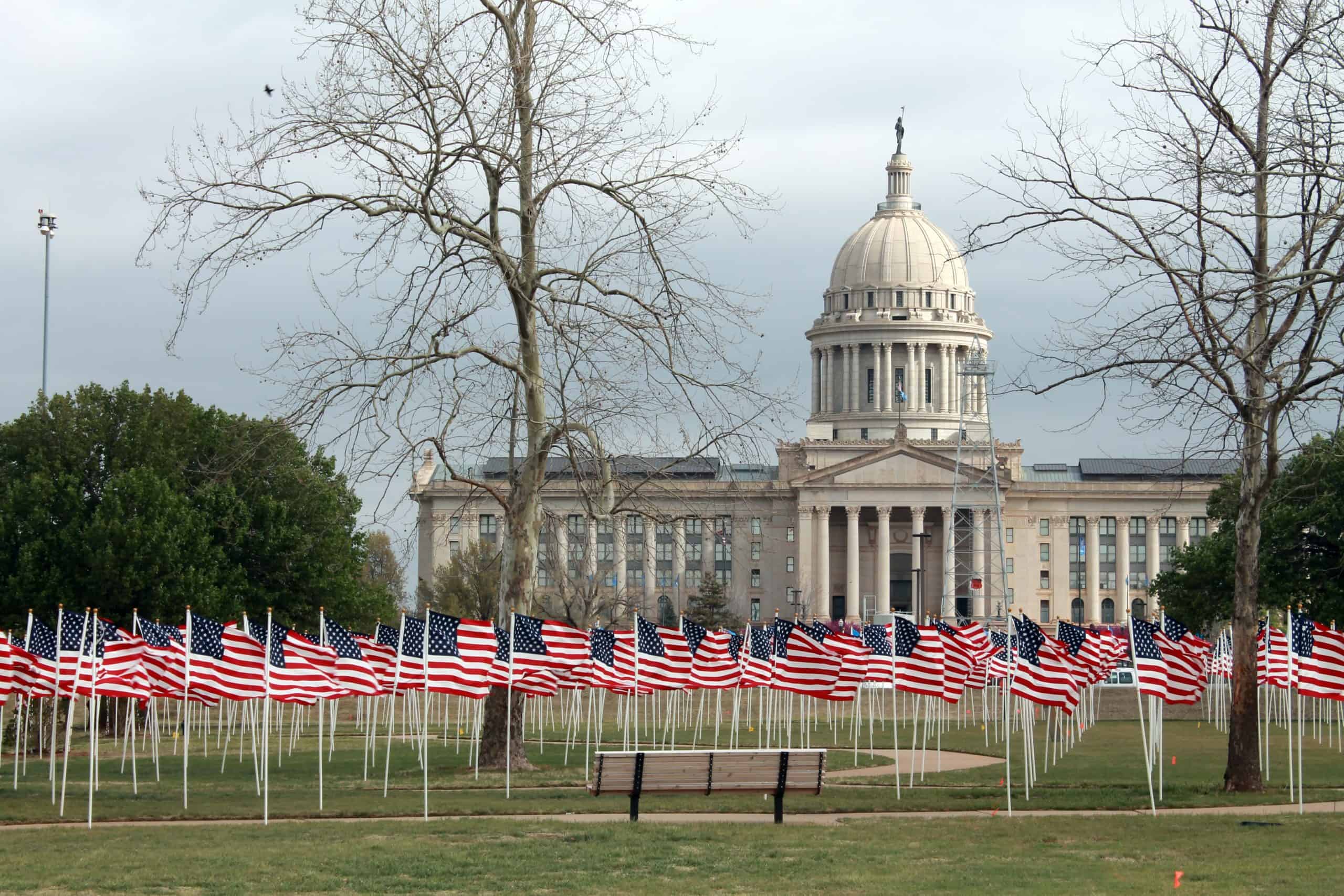
- November 16, 1907
Oklahoma nearly became two separate states as controversies surrounding the territory continued throughout the 1890s. There was a lot of opposition to Oklahoma becoming a state from all sides. The Native American tribes in the territory wanted to form their own state, but Congress rejected the petition. After President Roosevelt signed the Oklahoma Enabling Act, the two areas were merged to become the state of Oklahoma.
New Mexico
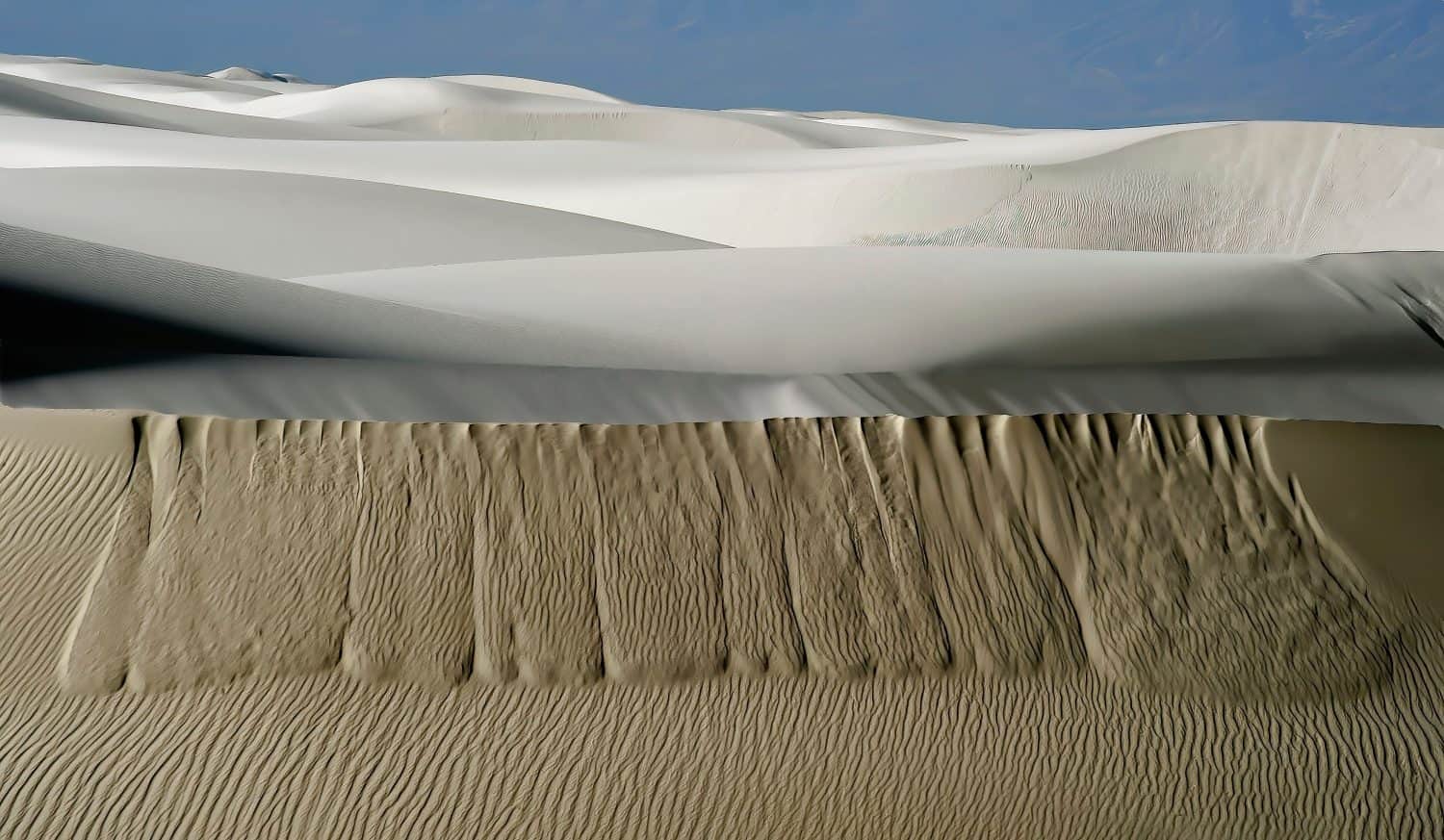
- January 6, 1912
The area that makes up New Mexico was purchased by the United States at the end of the Mexican-American War, but there were many obstacles in the way of New Mexico becoming a state. President Taft signed the Enabling Act in 1910 which allowed New Mexico to hold a constitutional convention. The state constitution they created the following year was approved by the voters in New Mexico and it officially became a state on January 6, 1912.
Arizona

- February 14, 1912
When New Mexico became a state, the territory that made up Arizona followed quickly in its footsteps, becoming an official state a little over a month later. This state was previously part of the Territory of New Mexico, but it became a separate territory in 1863. Although President Taft rejected Arizona’s first petition to become a state, it was granted statehood in February 1912.
Alaska

- January 3, 1959
Alaska was the second to last state to be admitted to the United States of America. The U.S. Government purchased the territory of Alaska from Russia in 1867. Although the importance of Alaska wasn’t recognized until gold deposits were found in the late 1800s, Alaska didn’t become a state for over 60 years after that discovery. Alaska played a significant role in victory during World War II, and it became an official state in January 1959.
Hawaii

- August 21, 1959
Hawaii was established as a U.S. territory in 1898, but it didn’t become a state for more than 60 years. While many complicated issues prevented Hawaii from becoming a state sooner, the significance of Hawaii during World War II is part of what led to it becoming a state. In 1959, President Eisenhower was able to push his legislation through Congress in the Hawaii Admission Act of 1959, and it was officially accepted as the 50th state in August of 1959. (Don’t miss the 12 Most Famous Battles in American History.)
